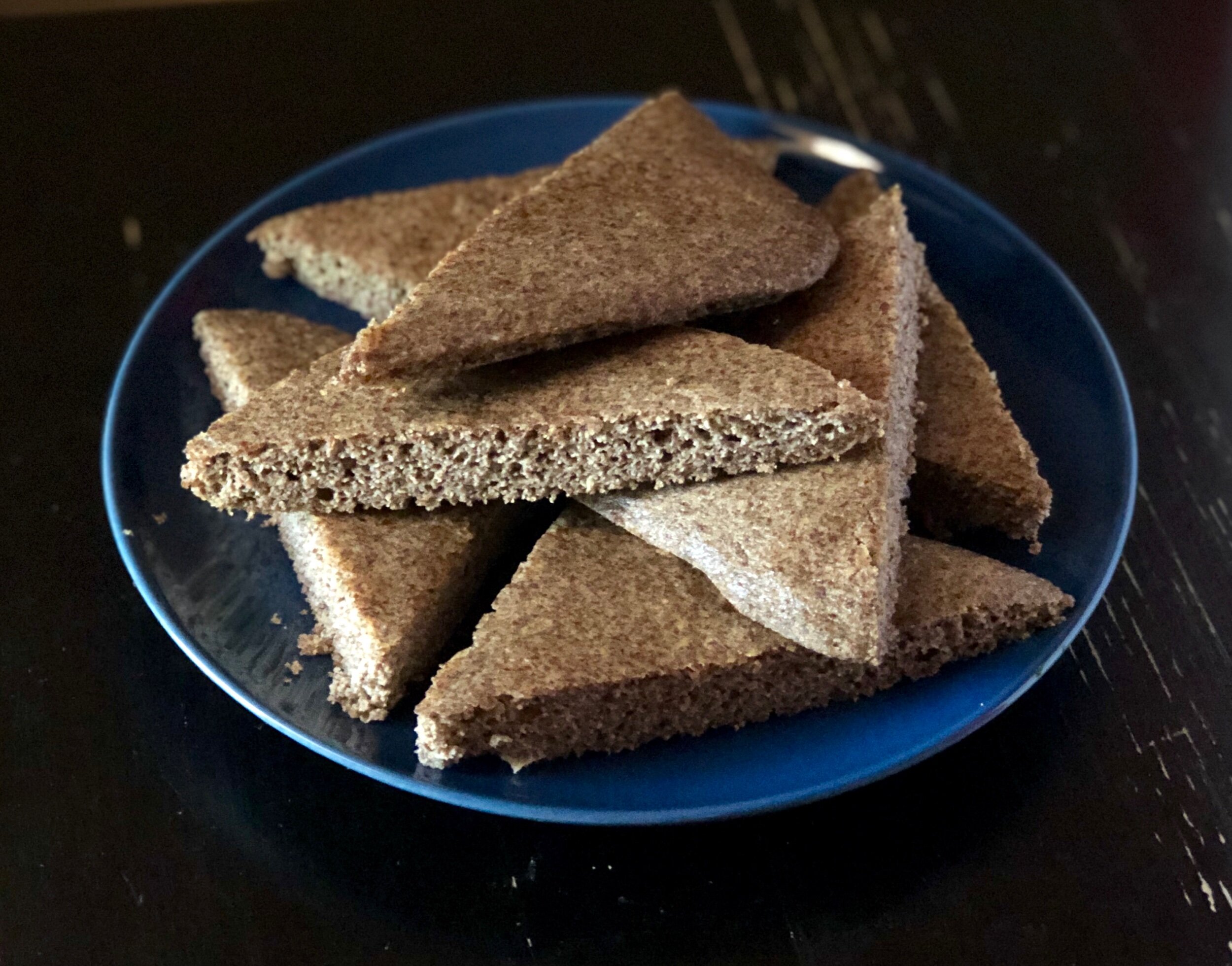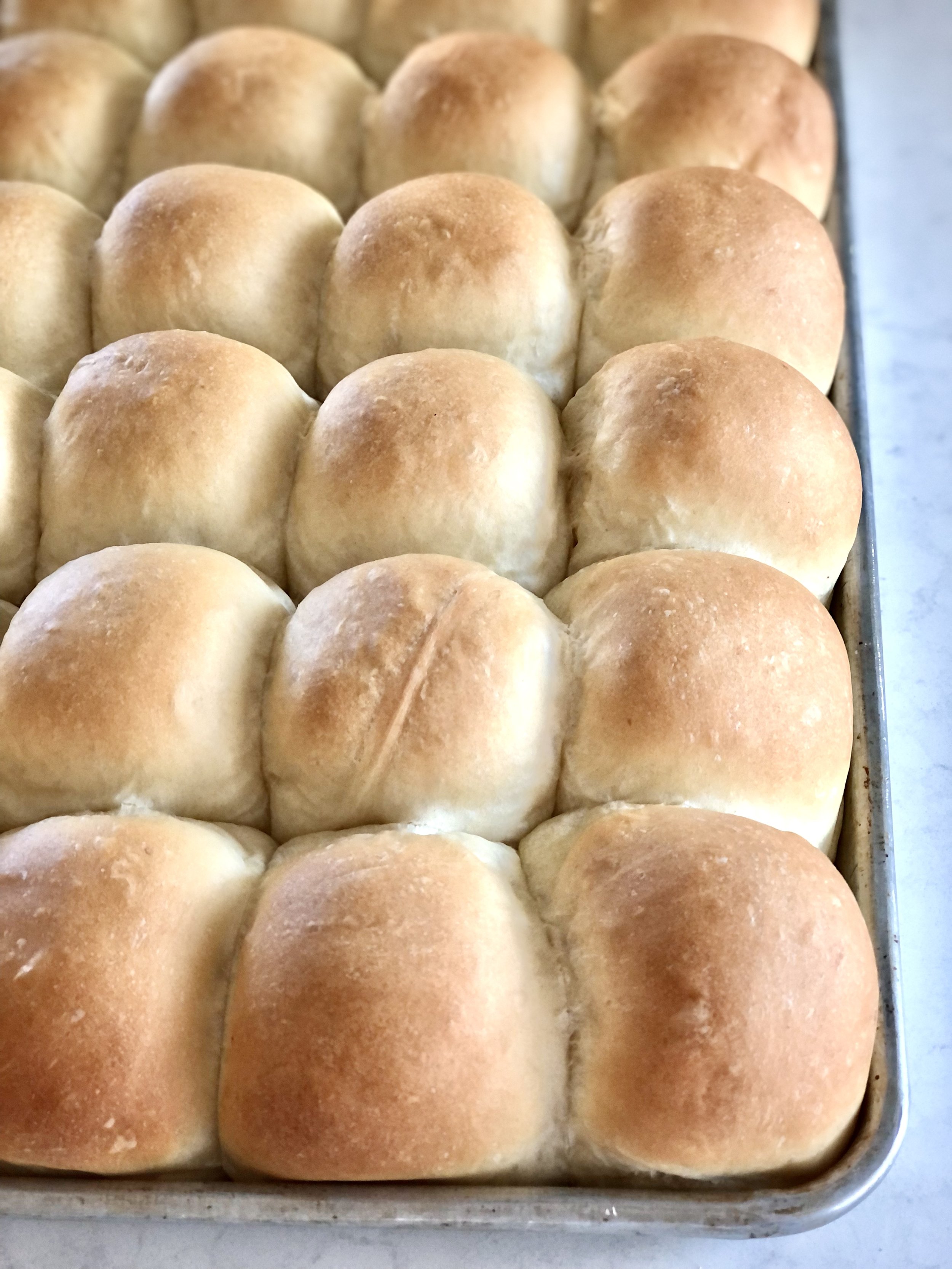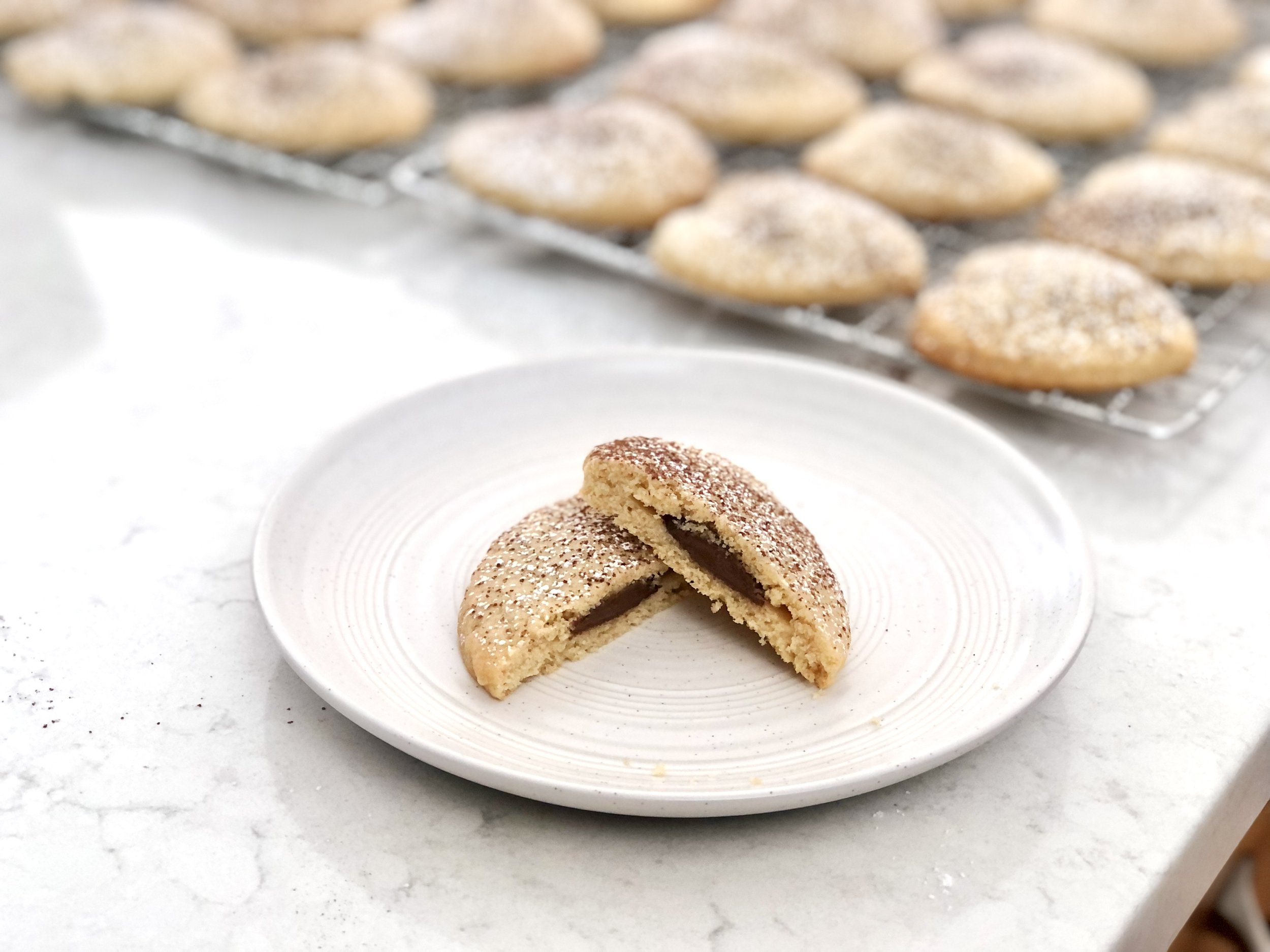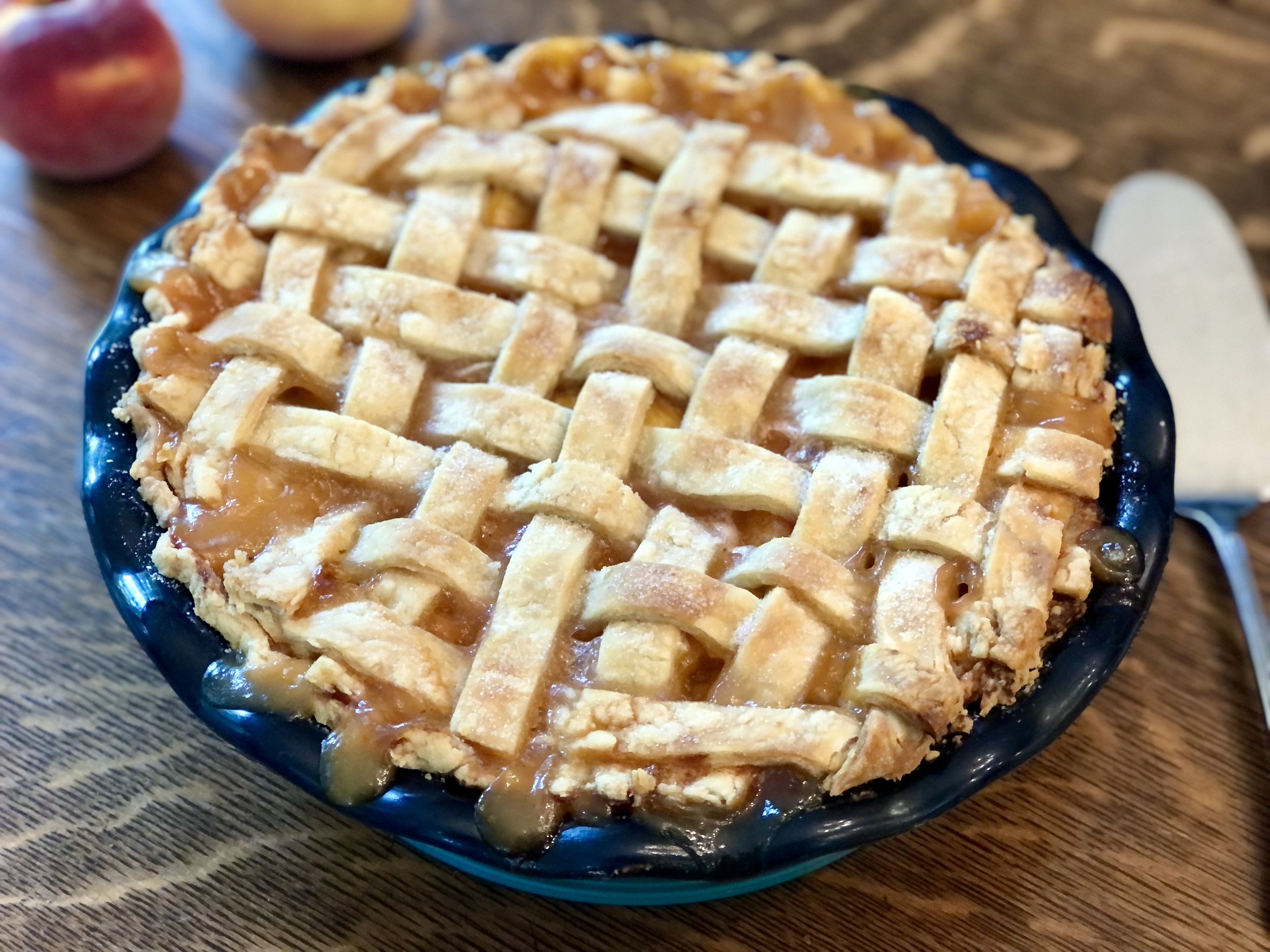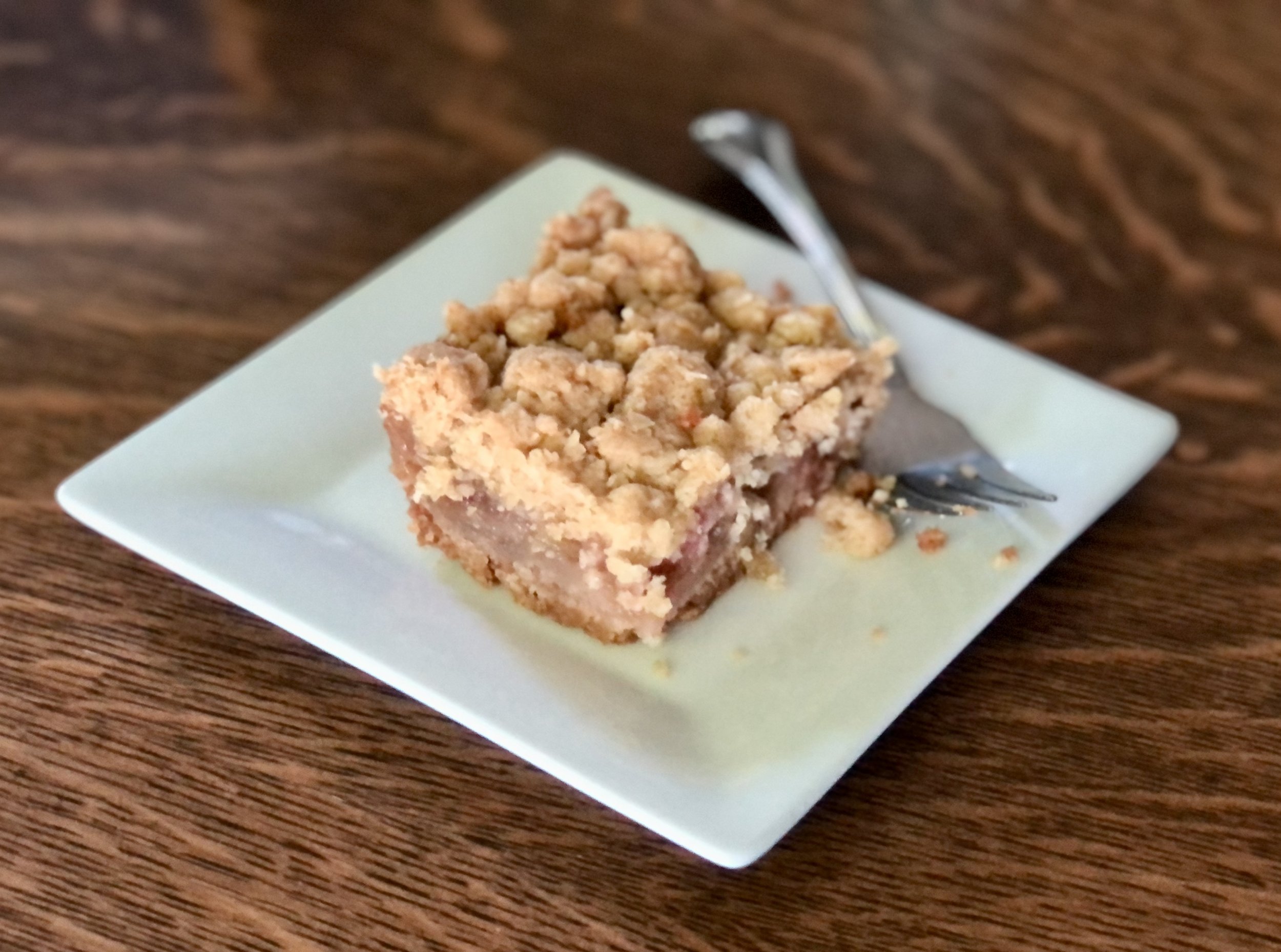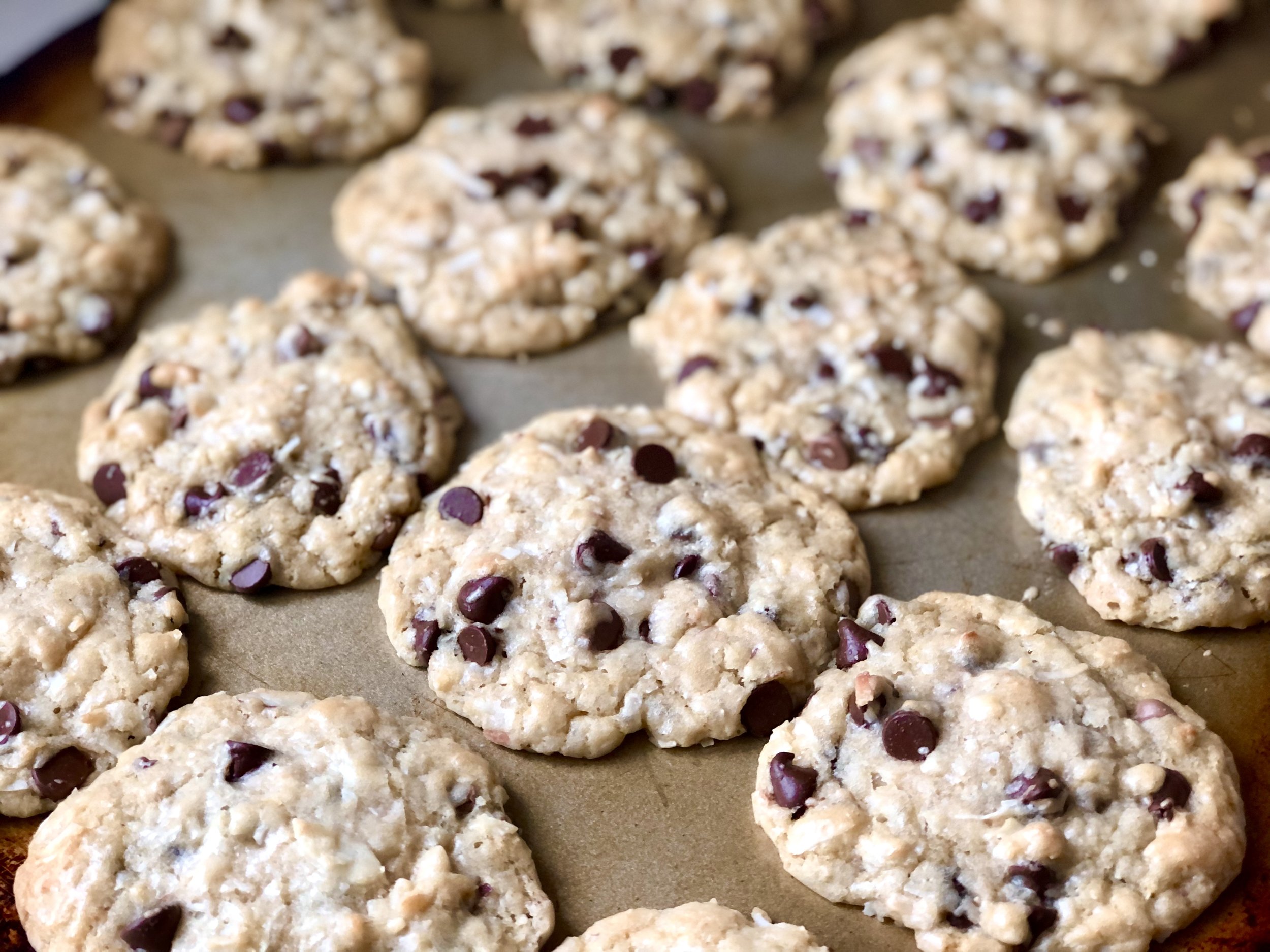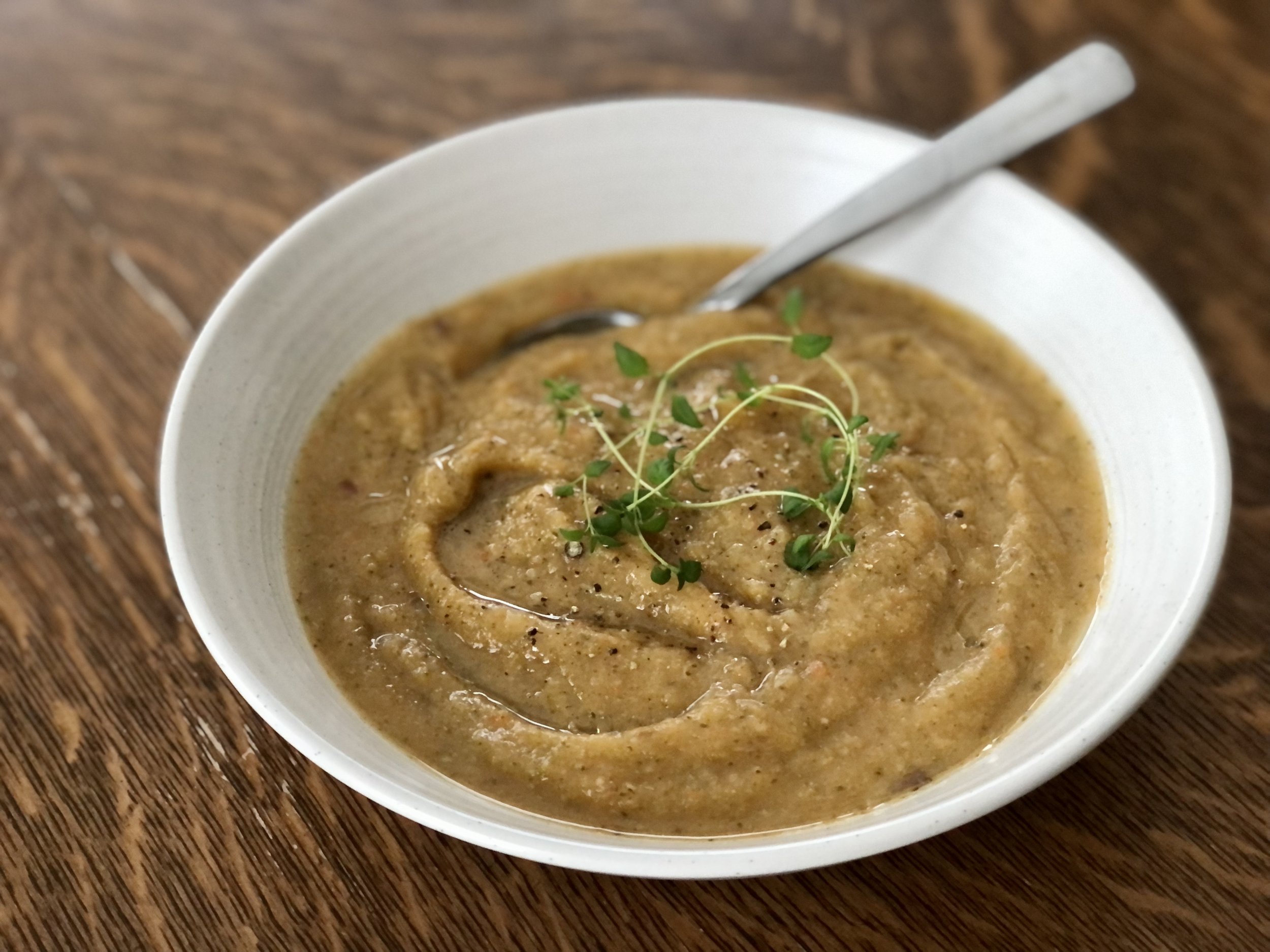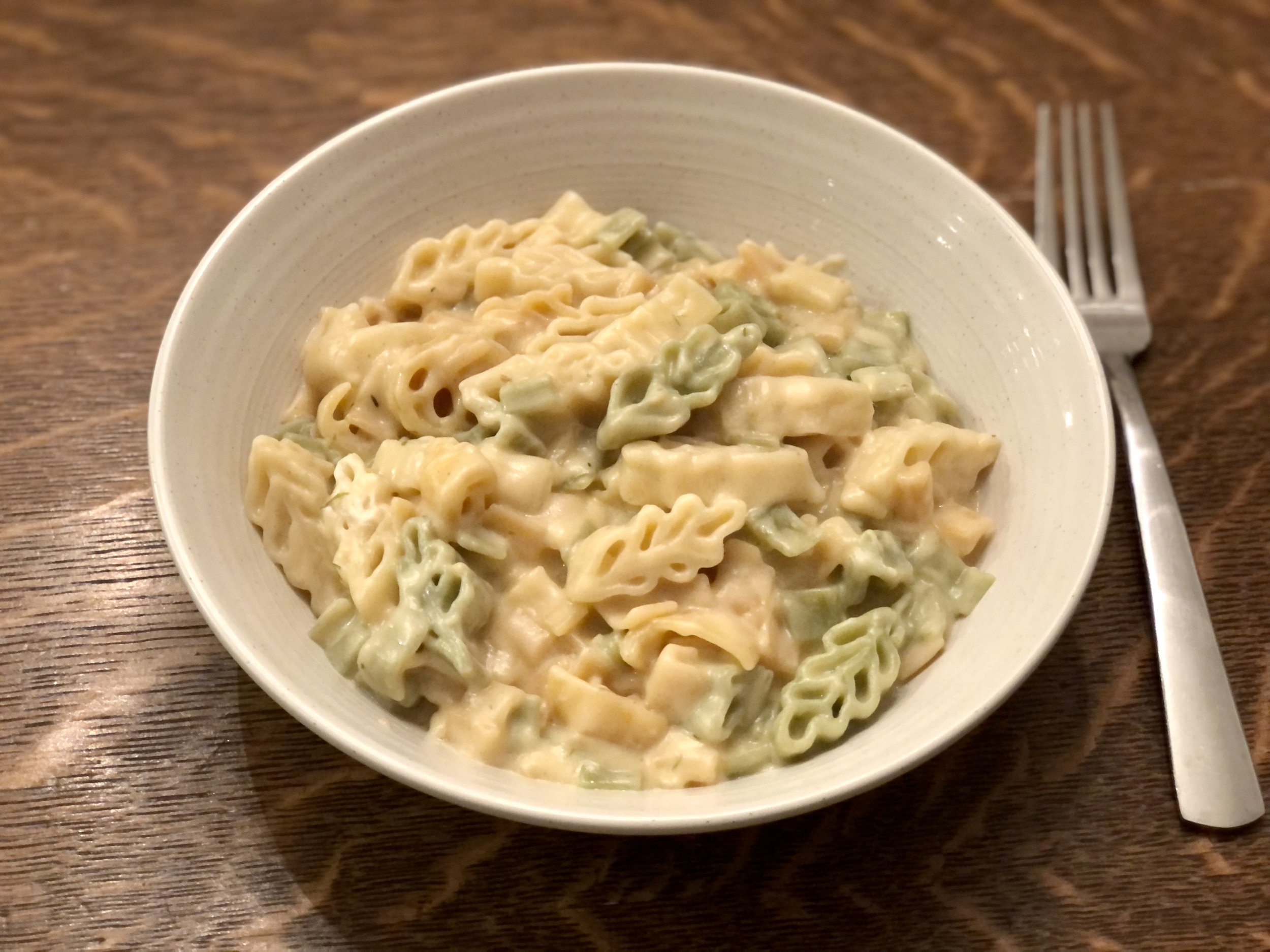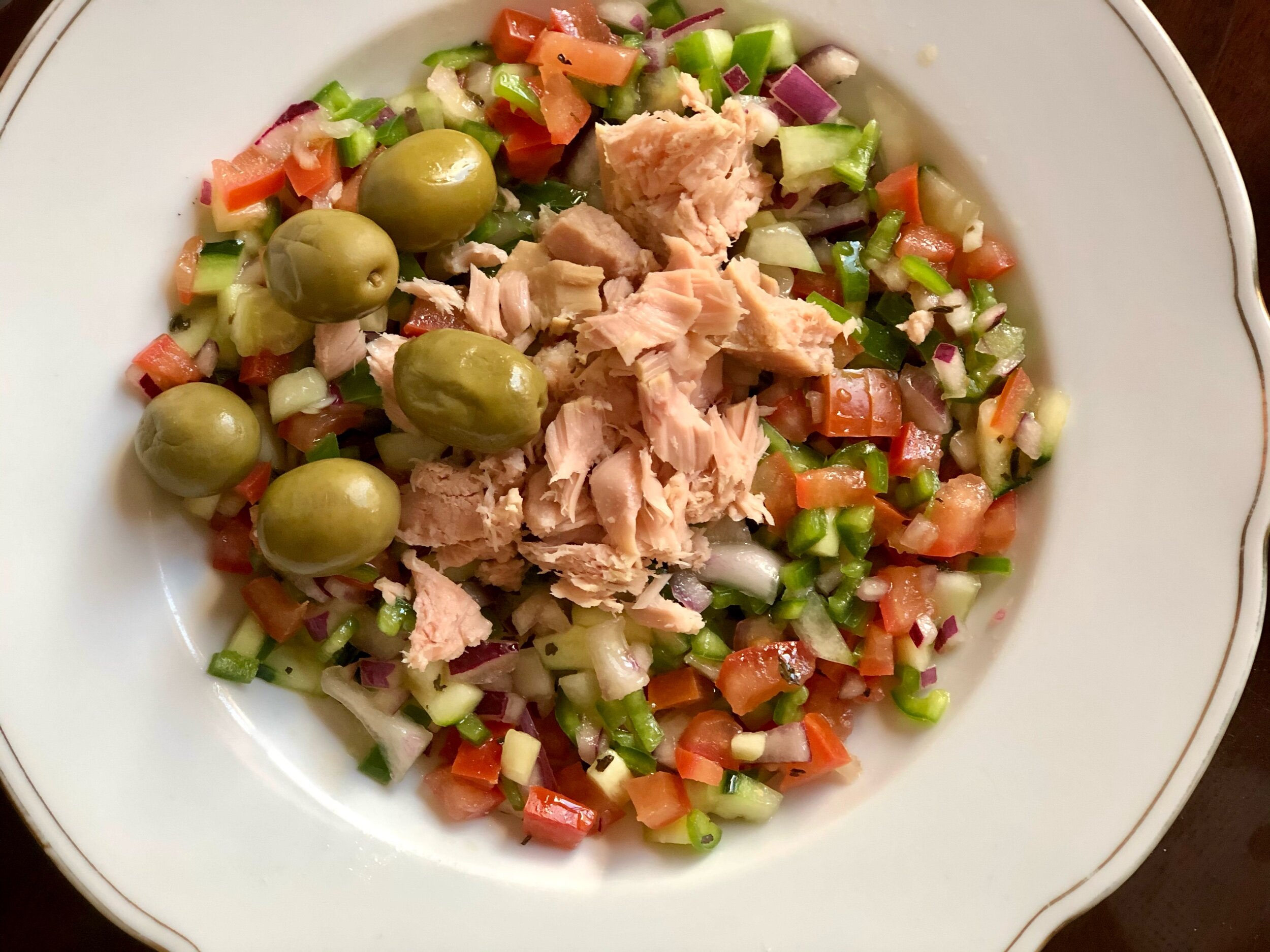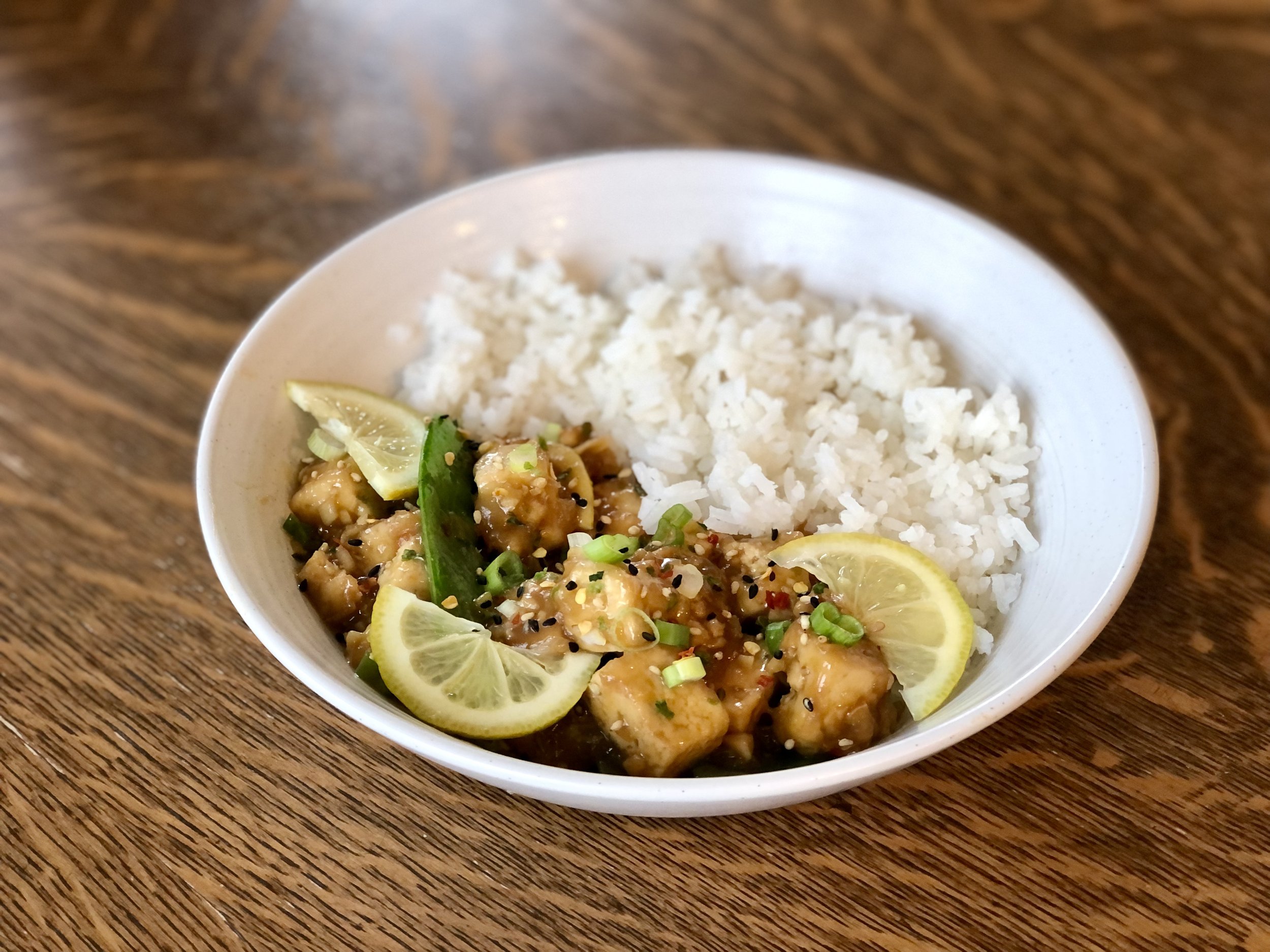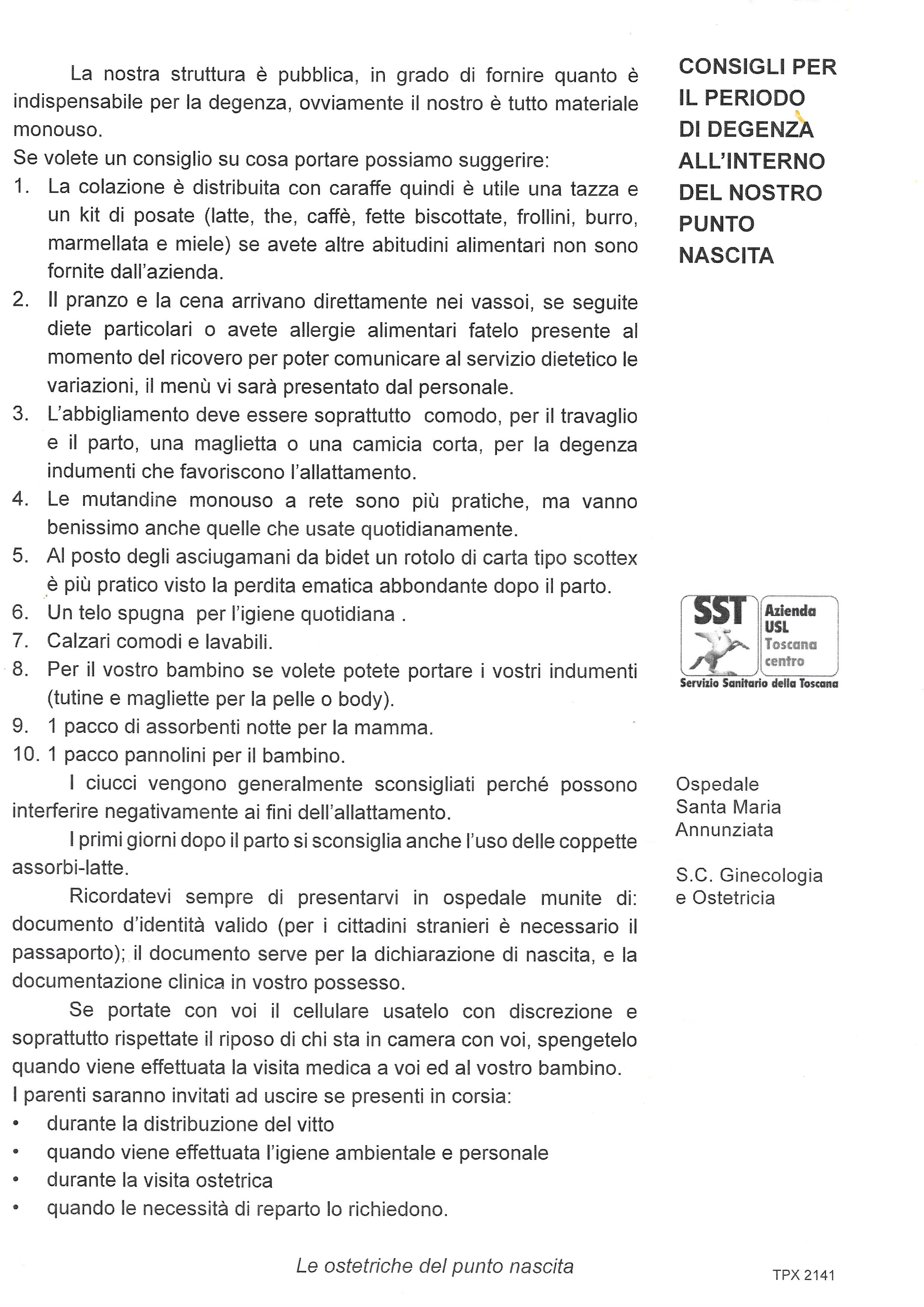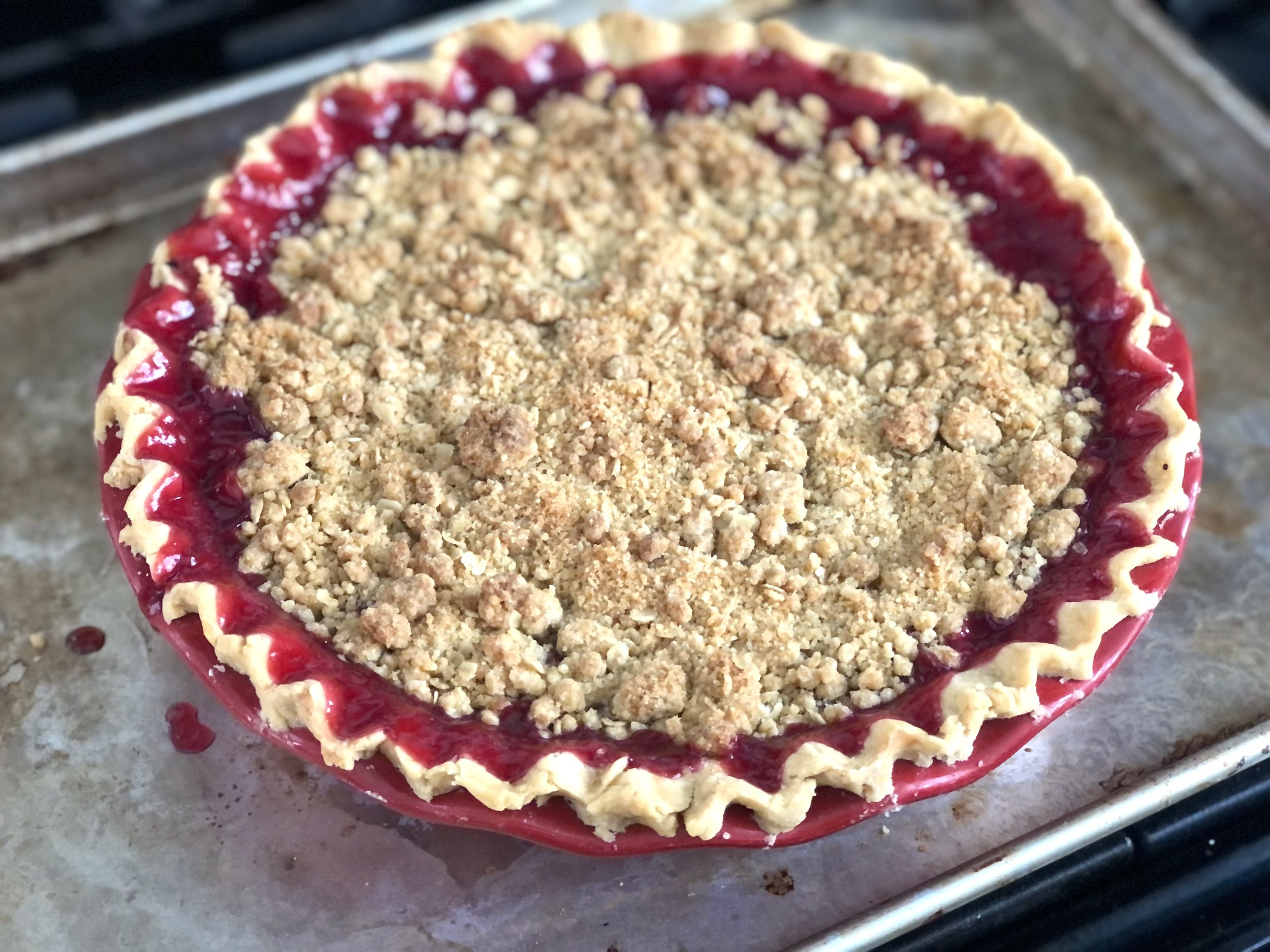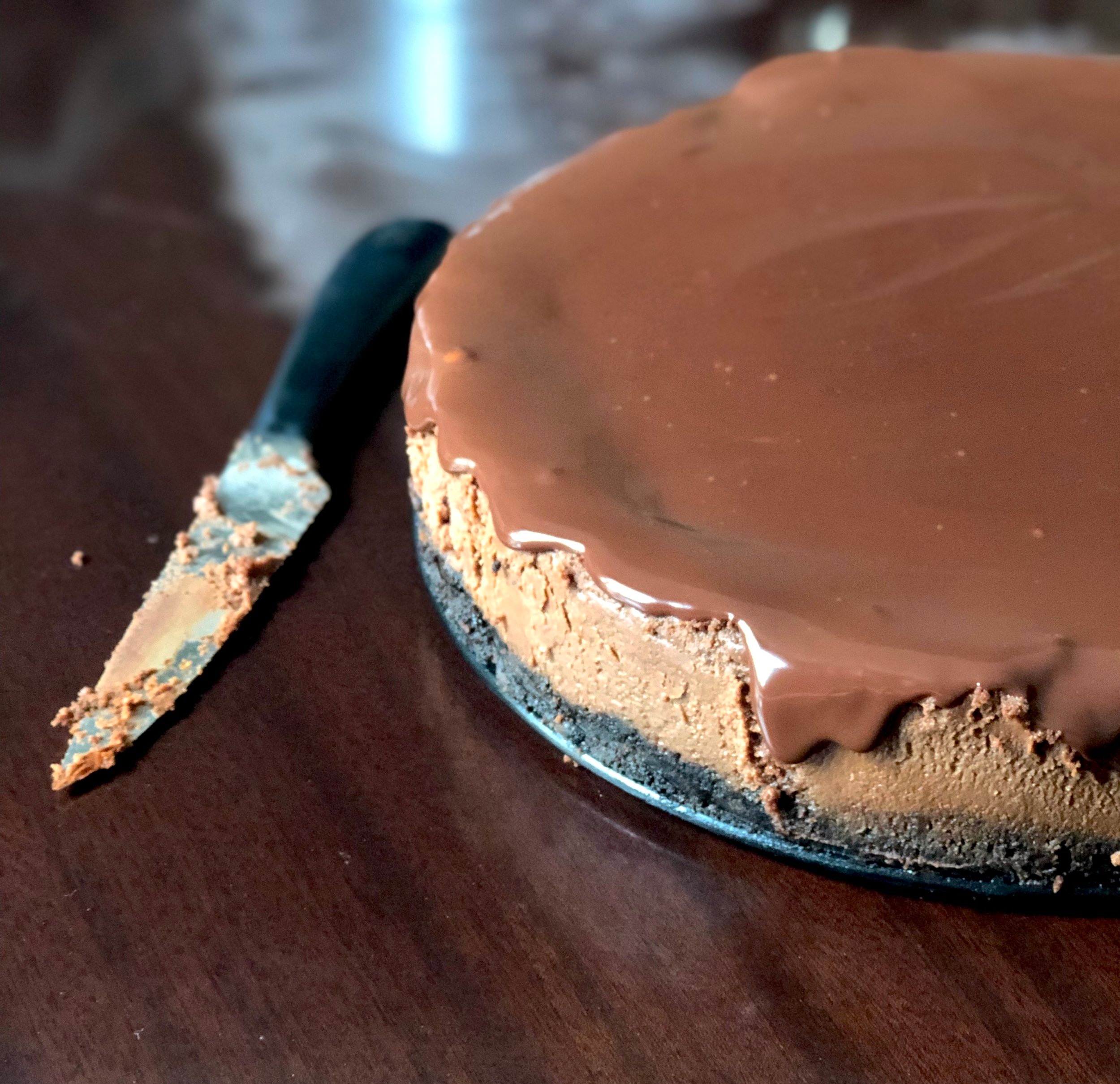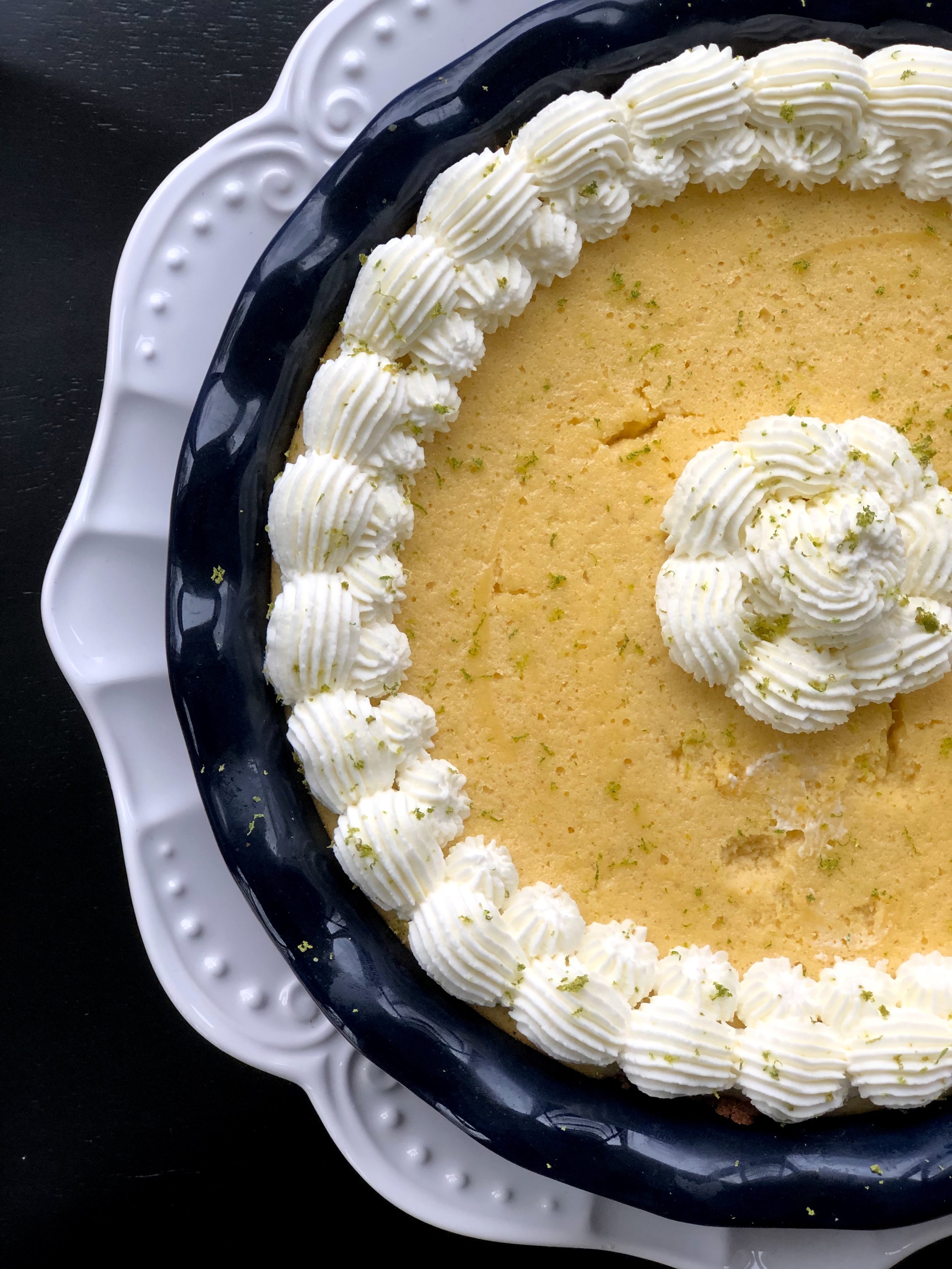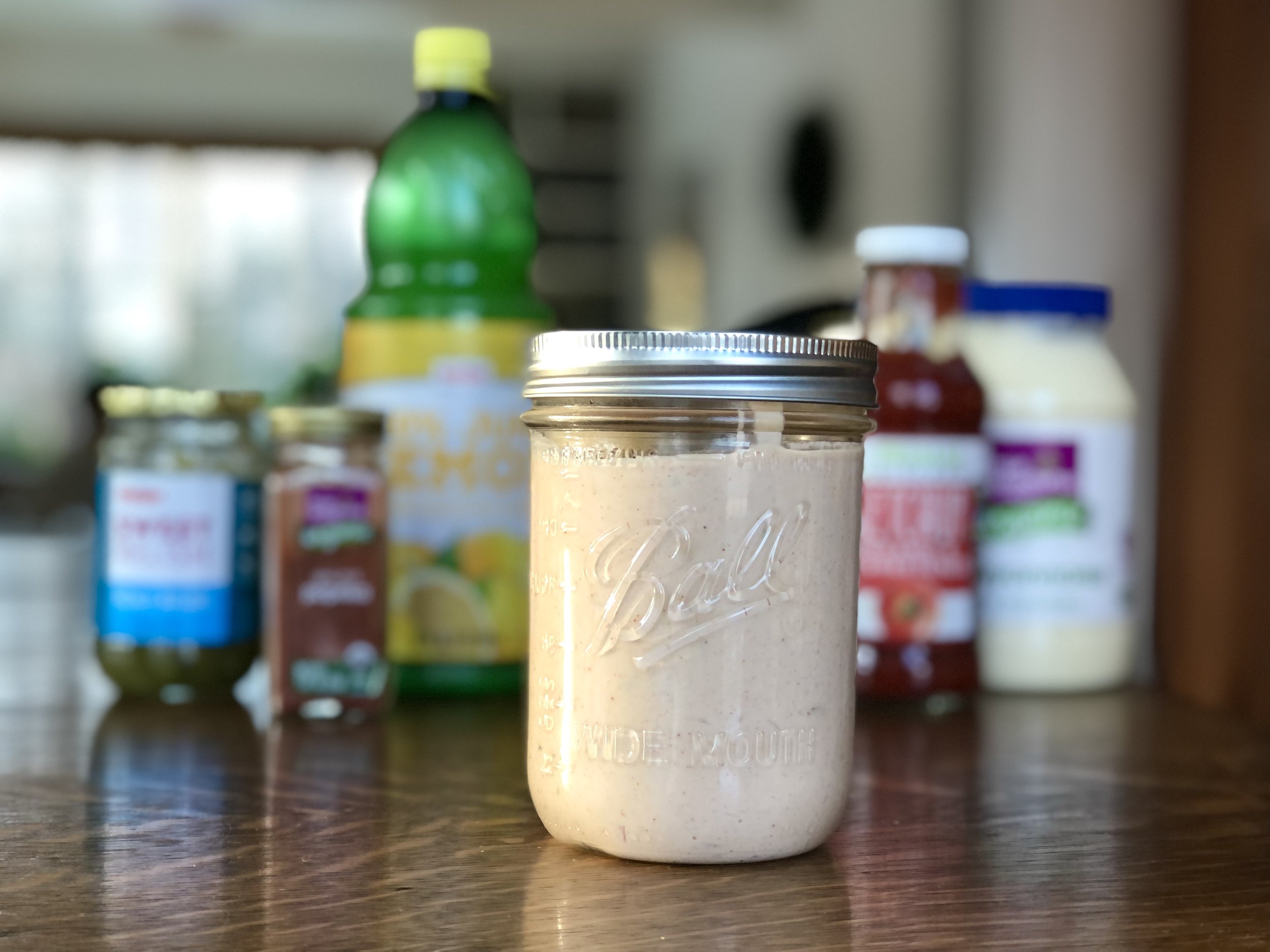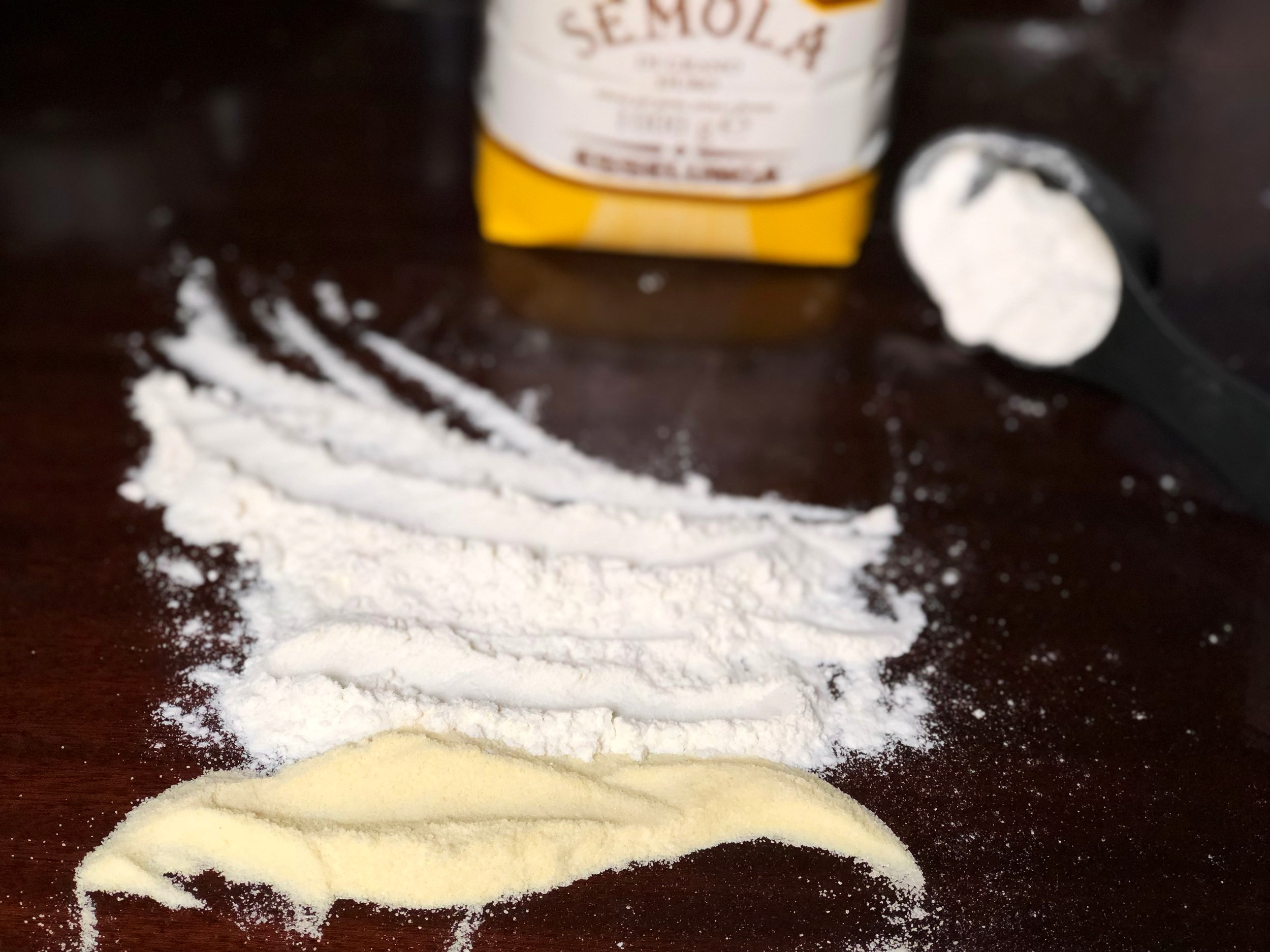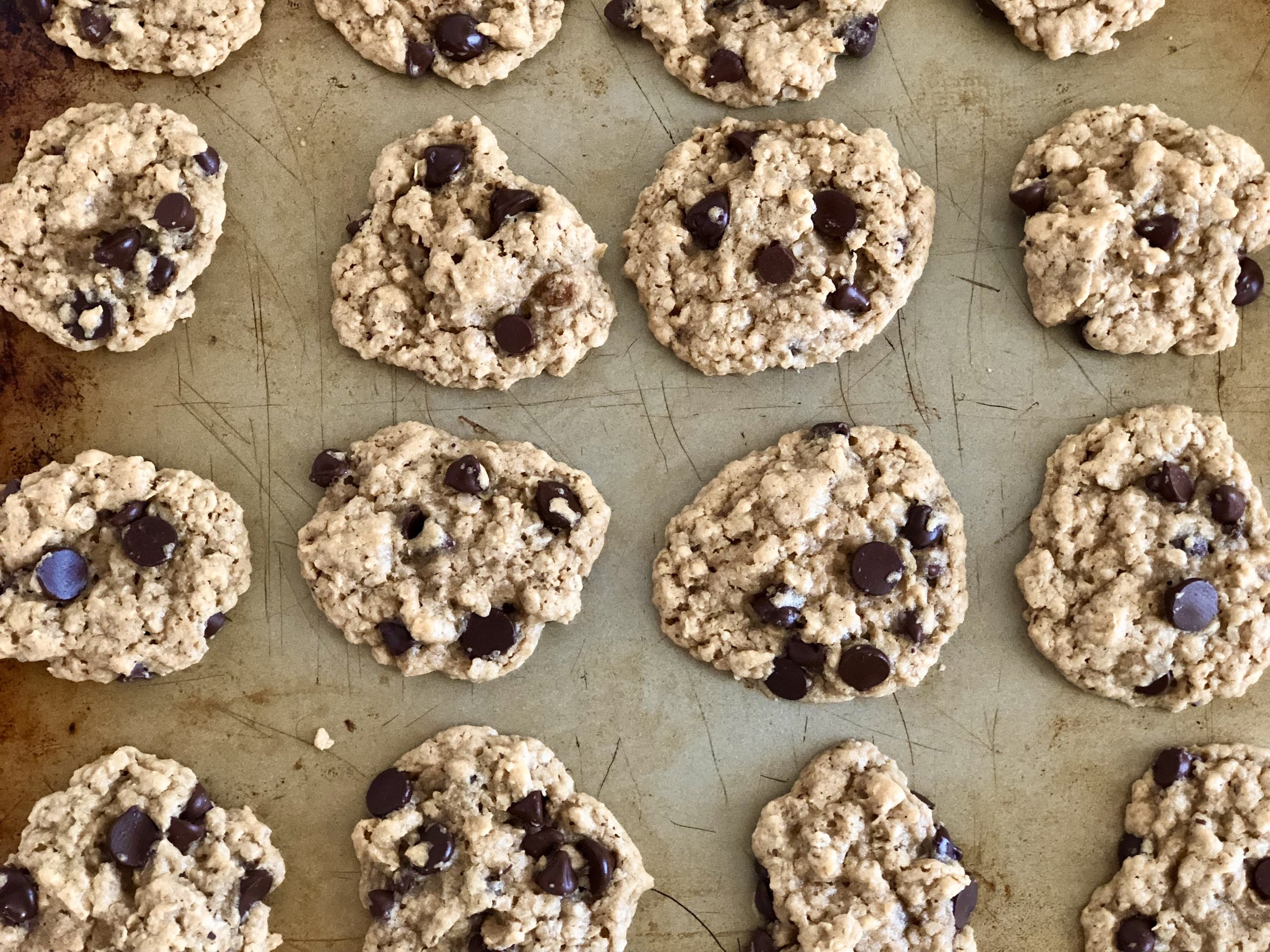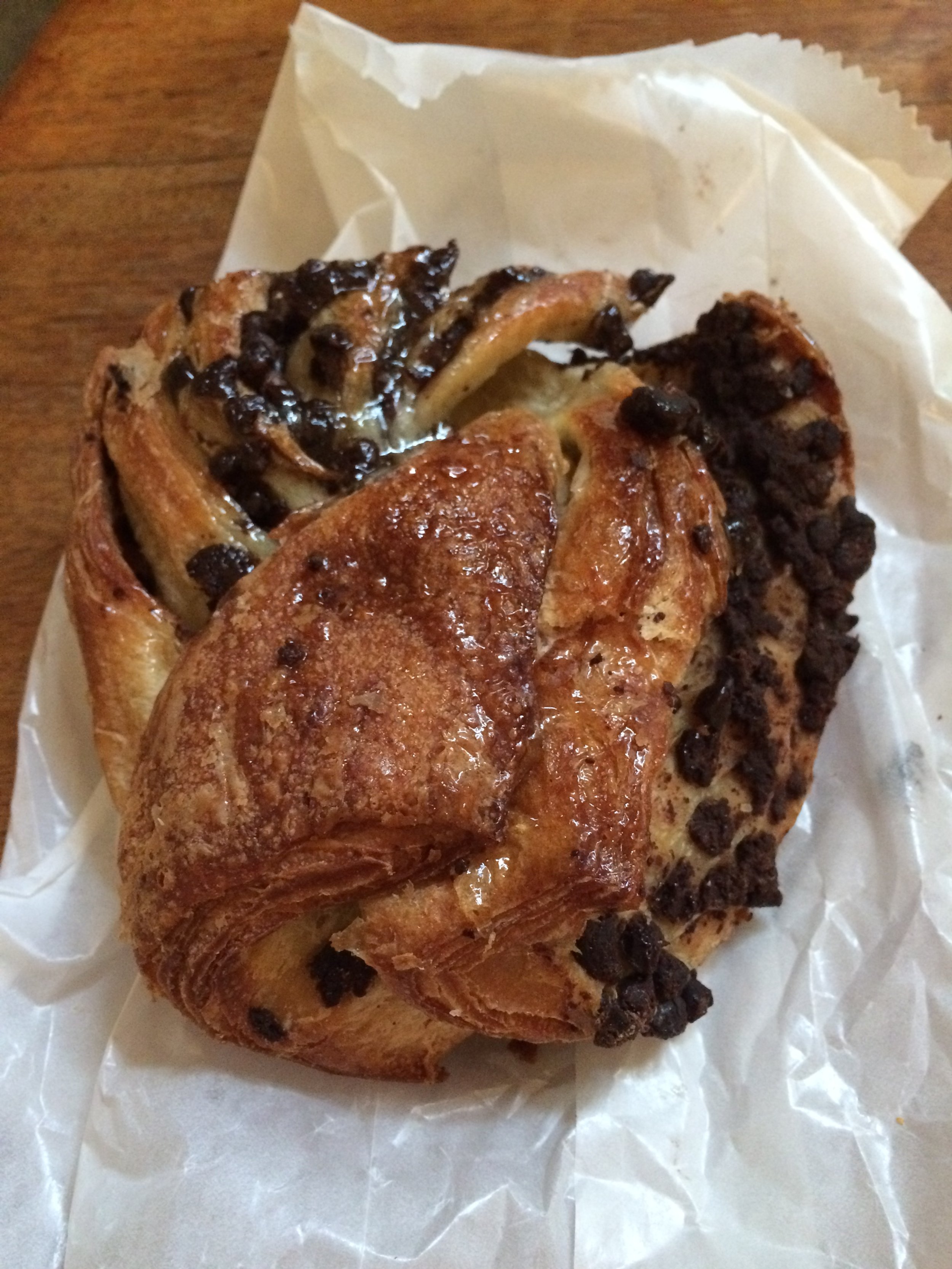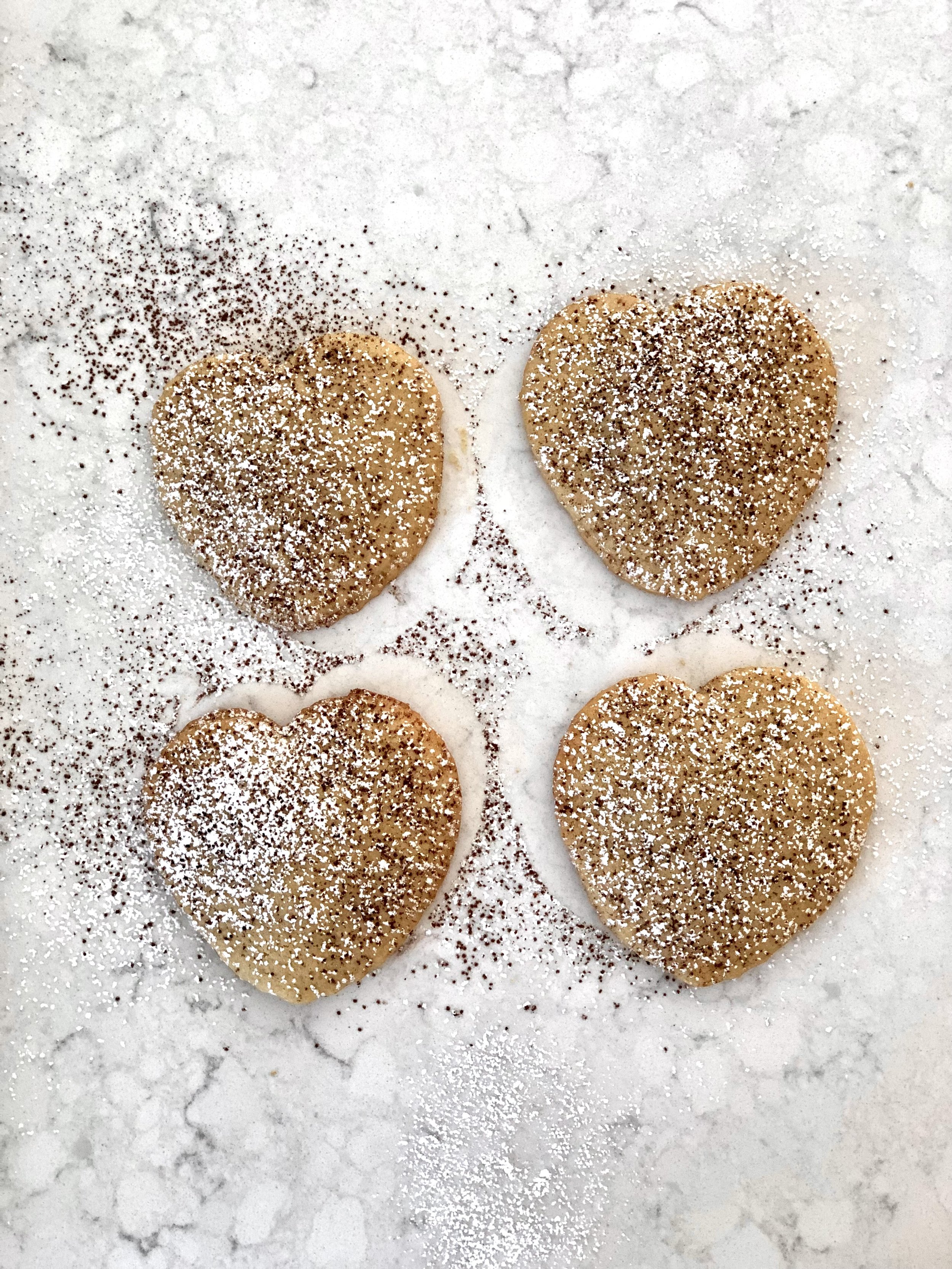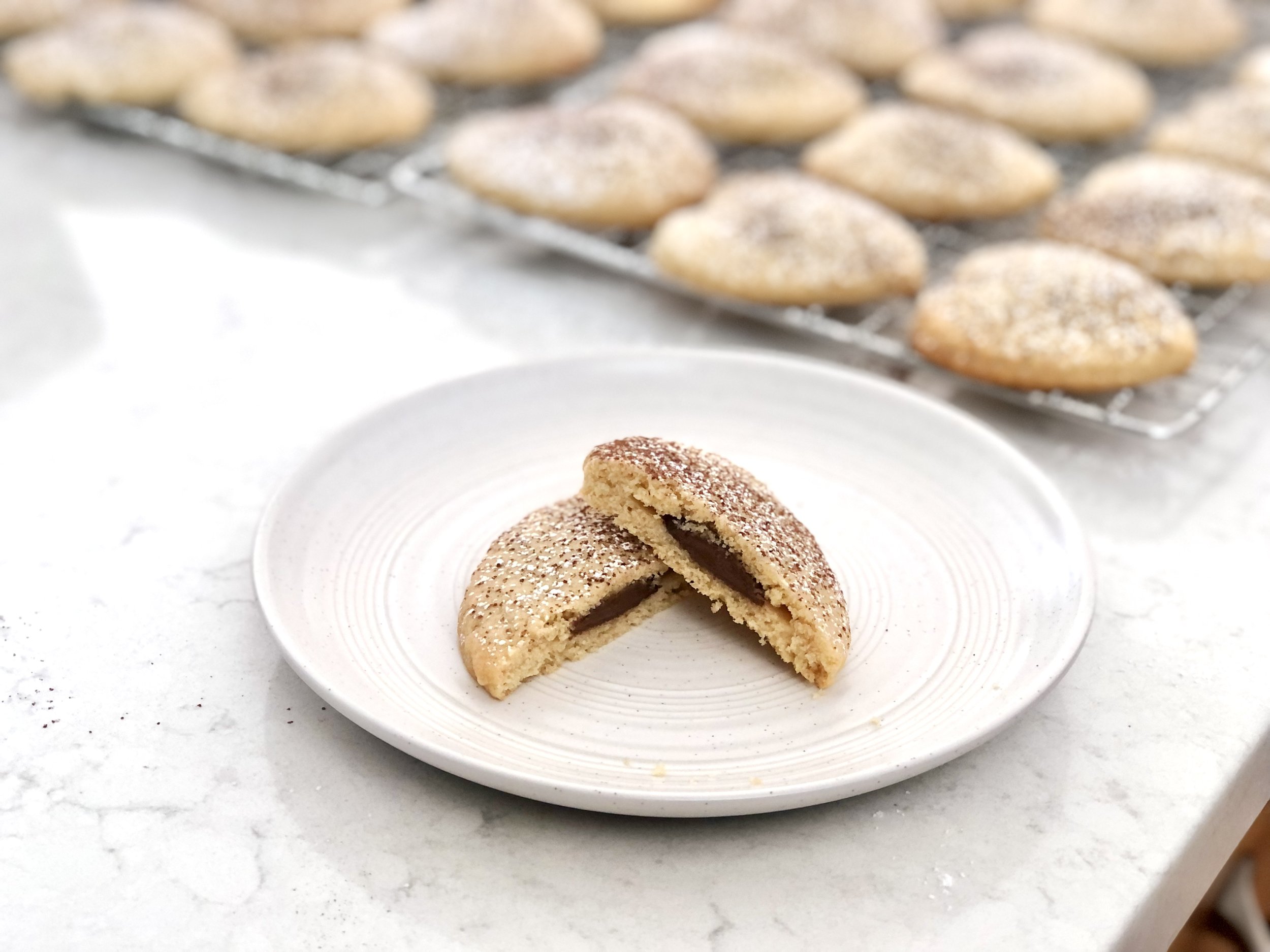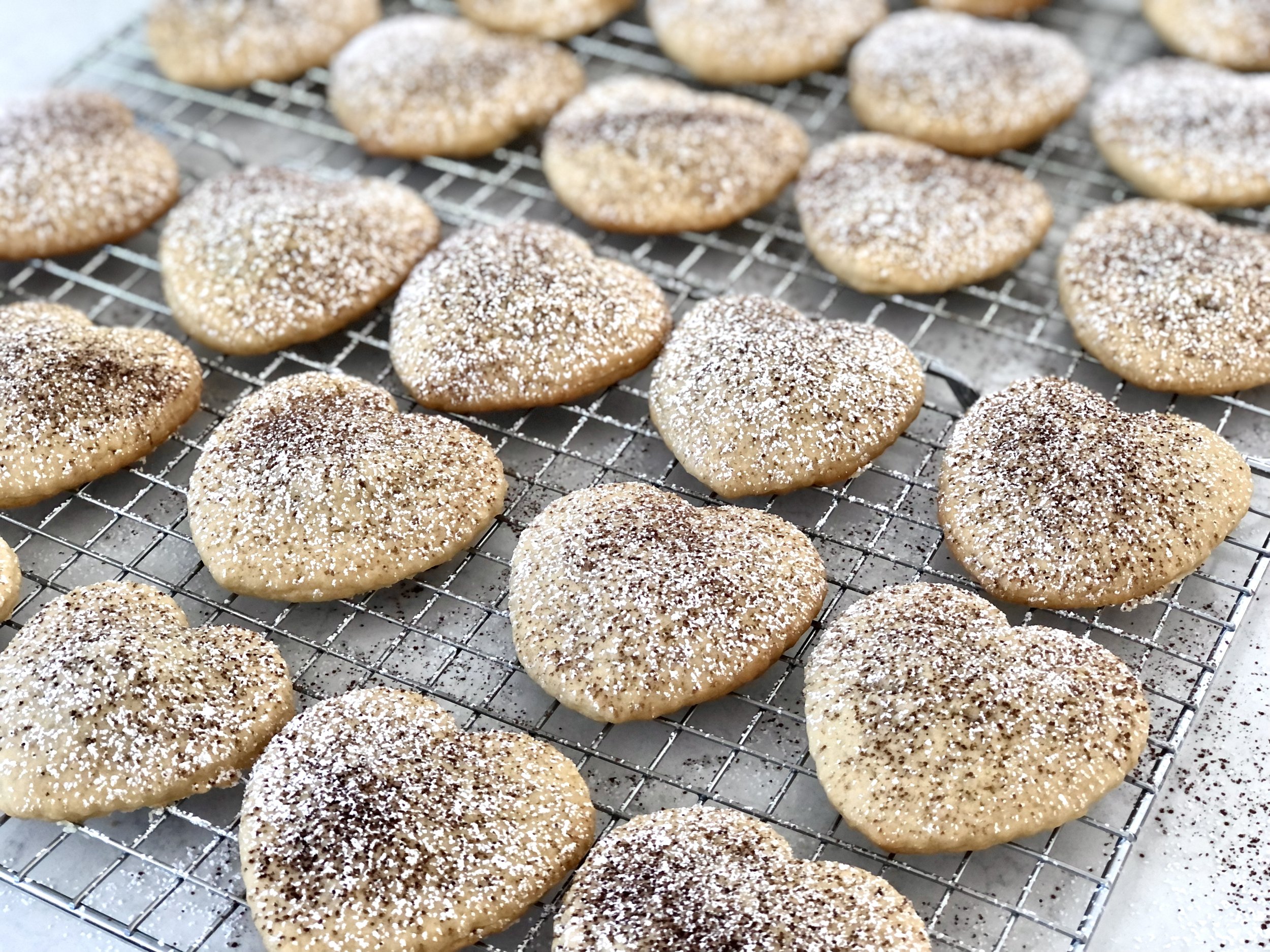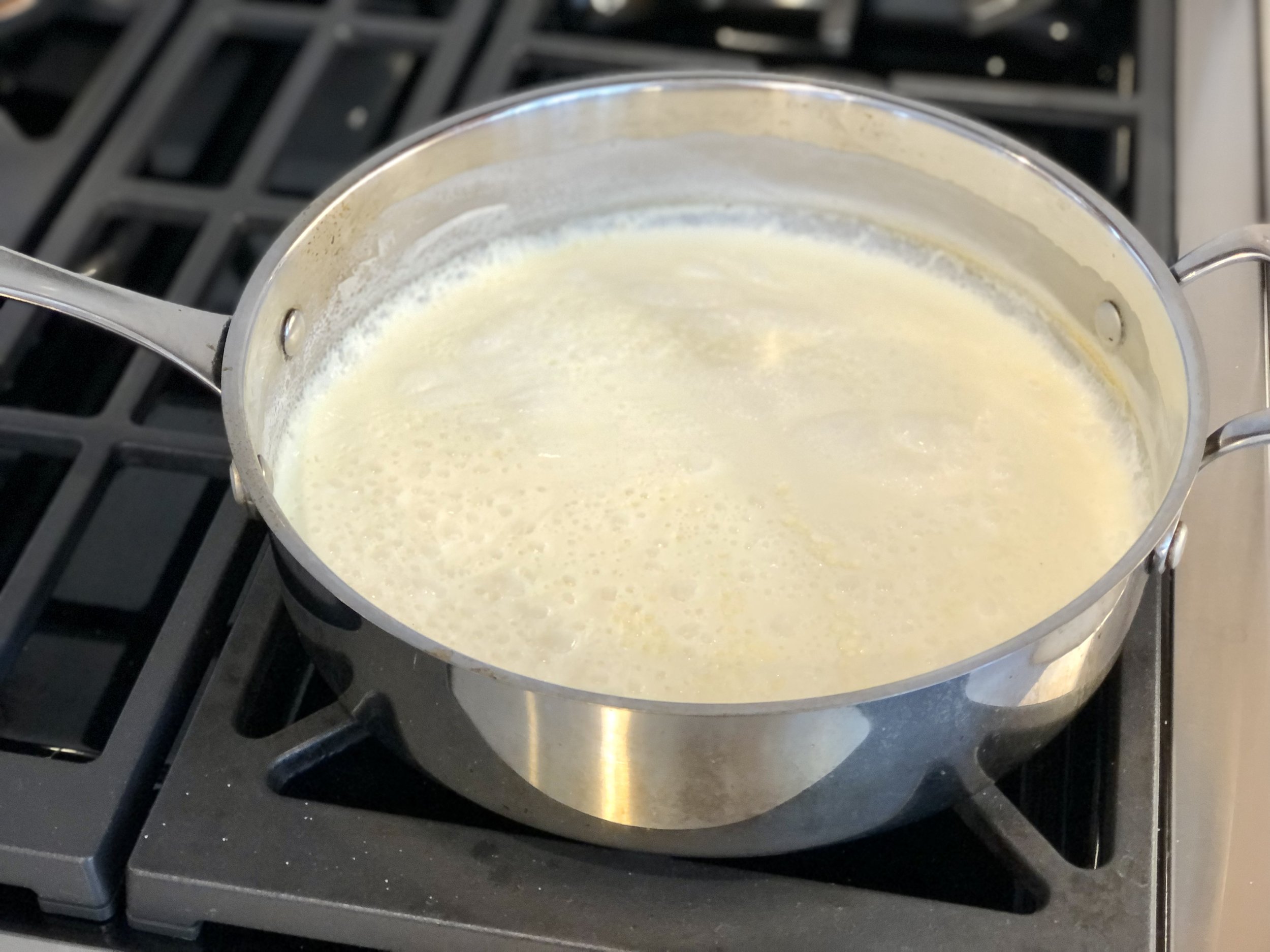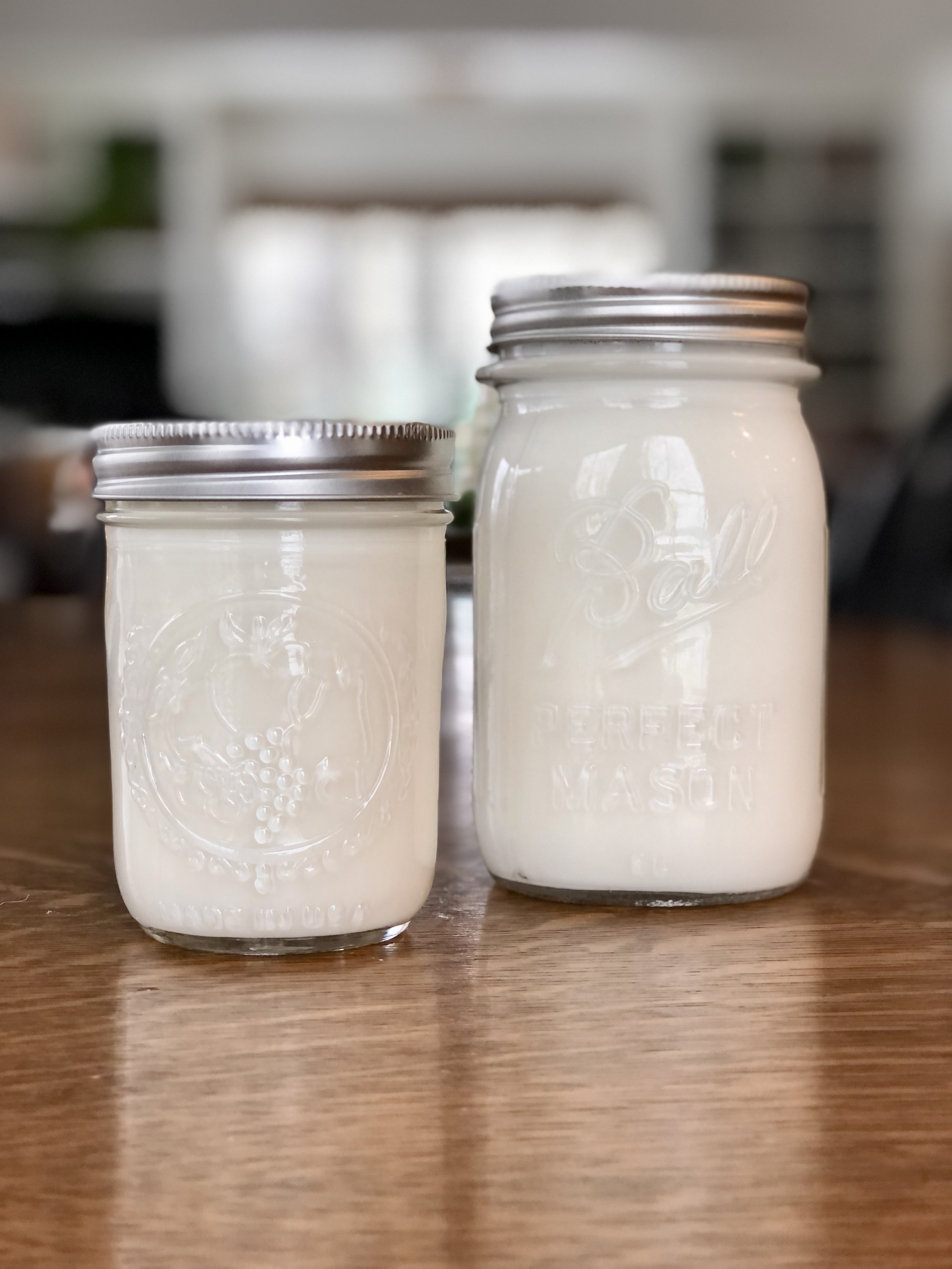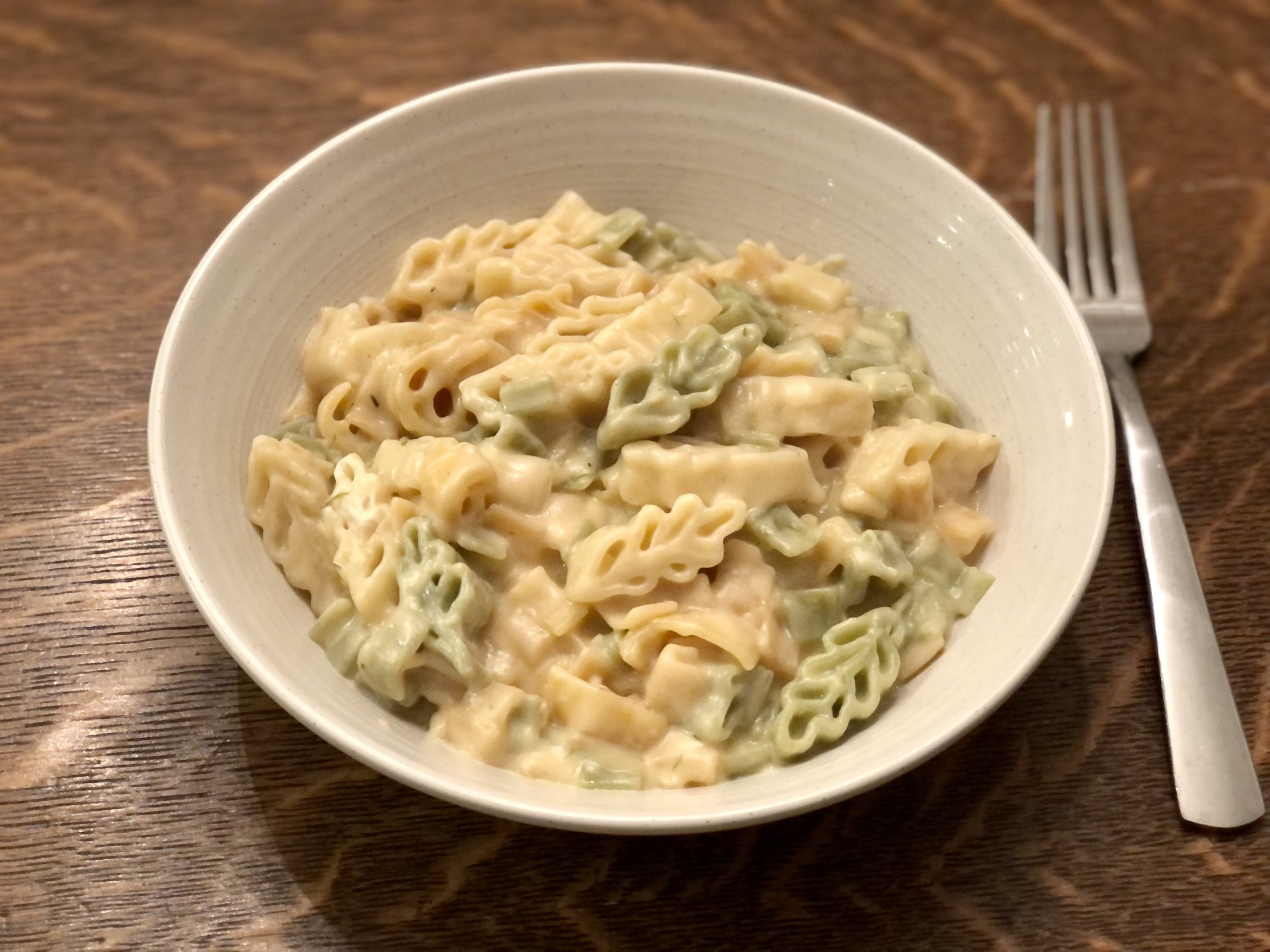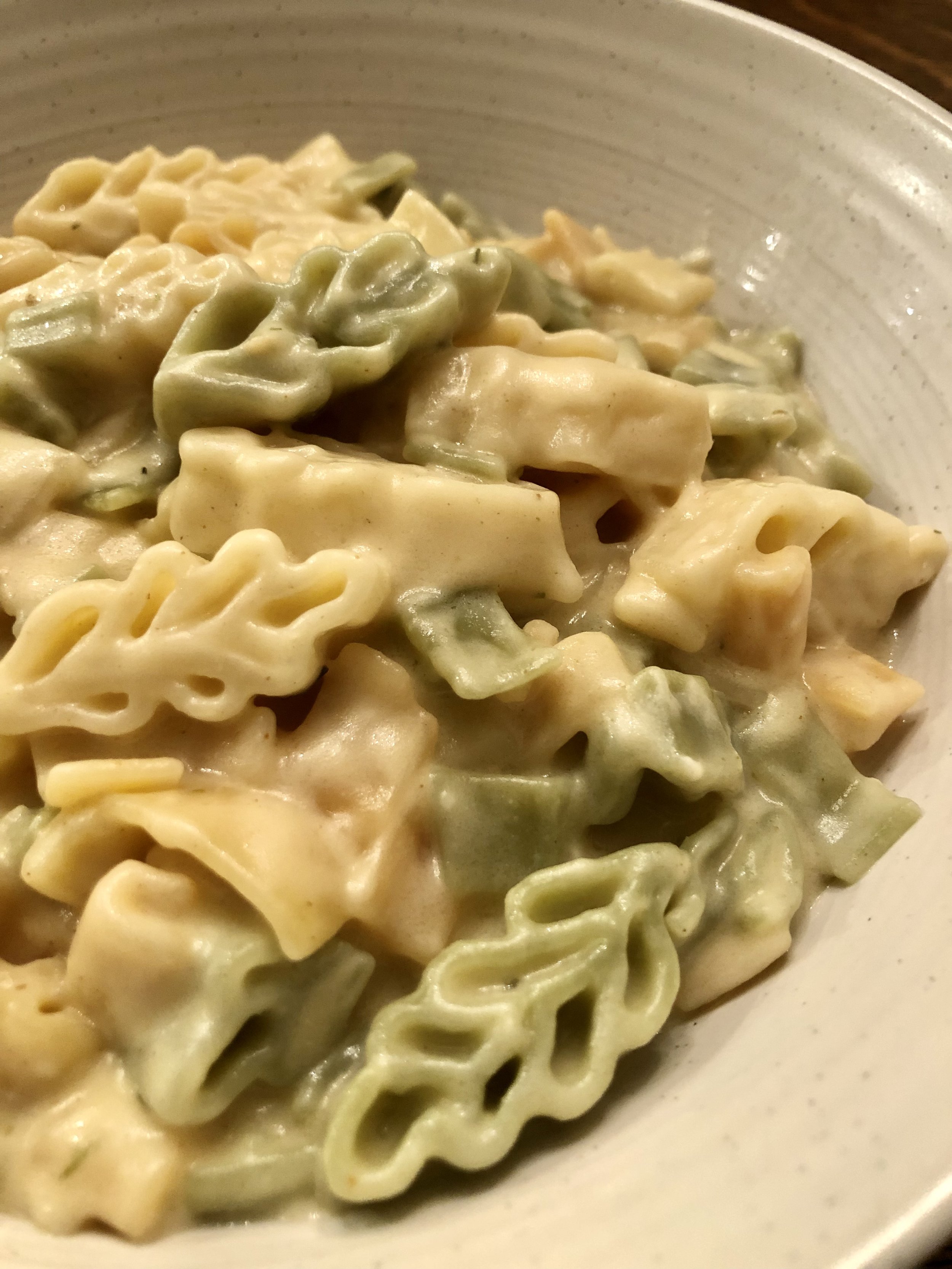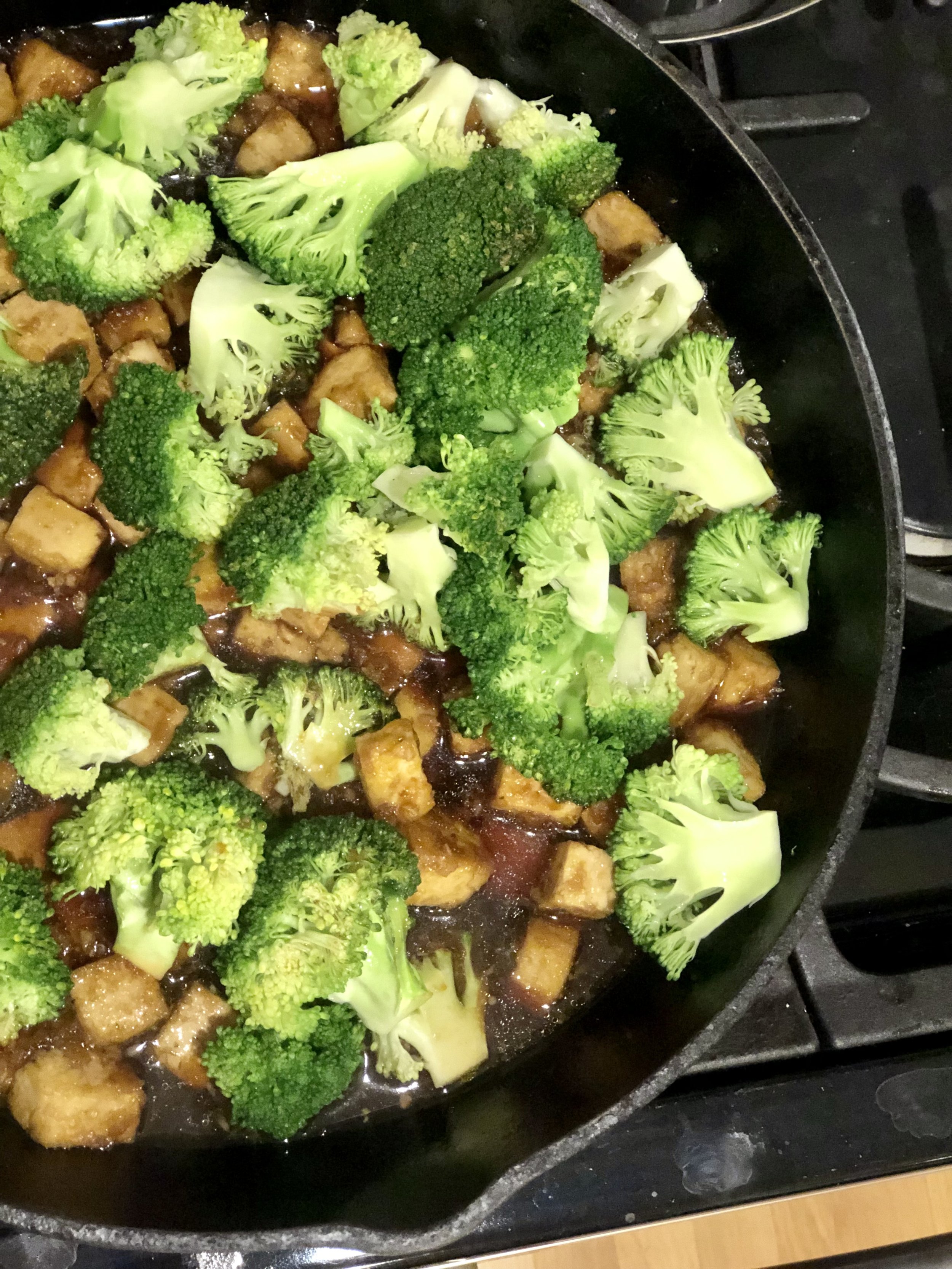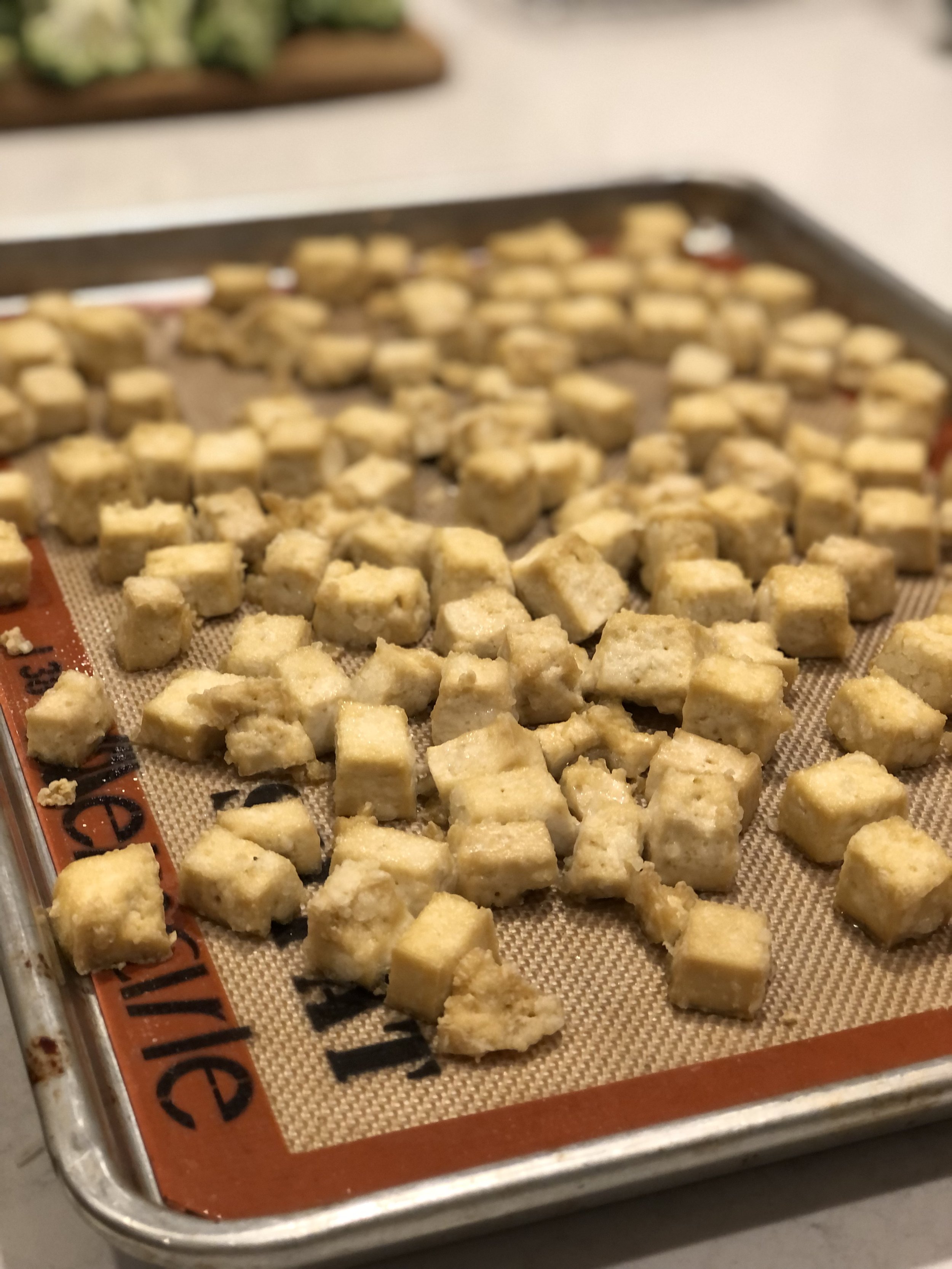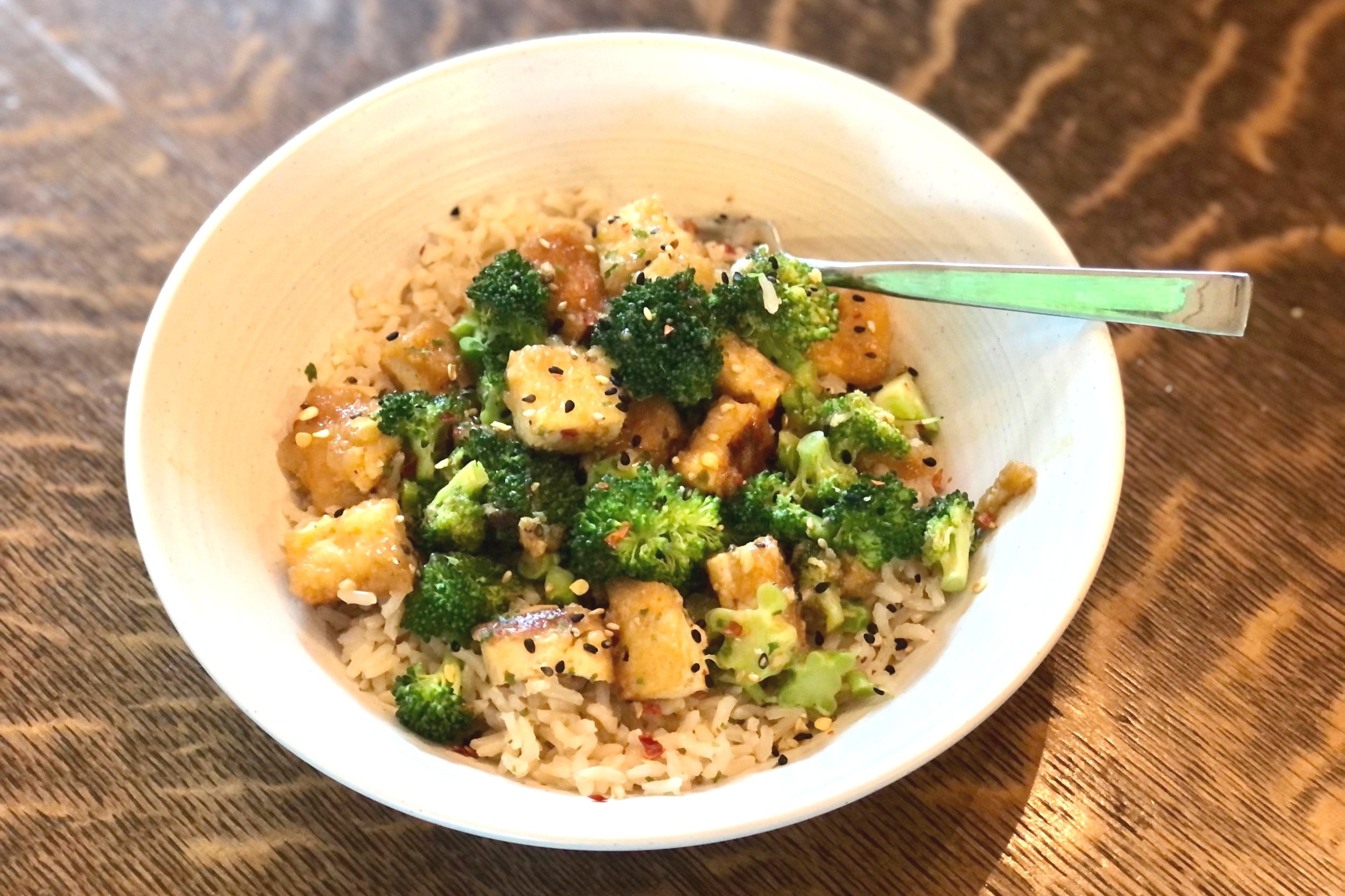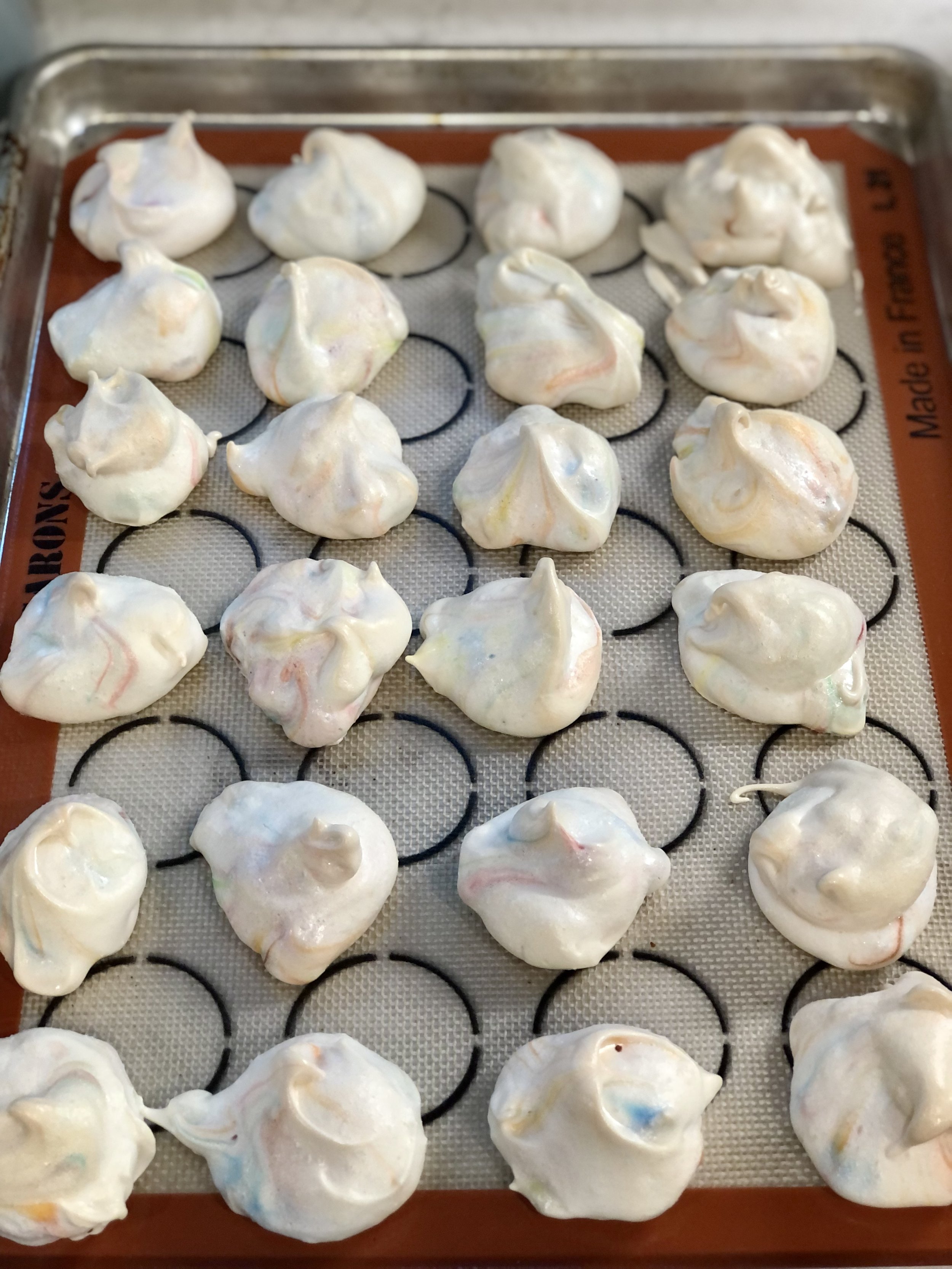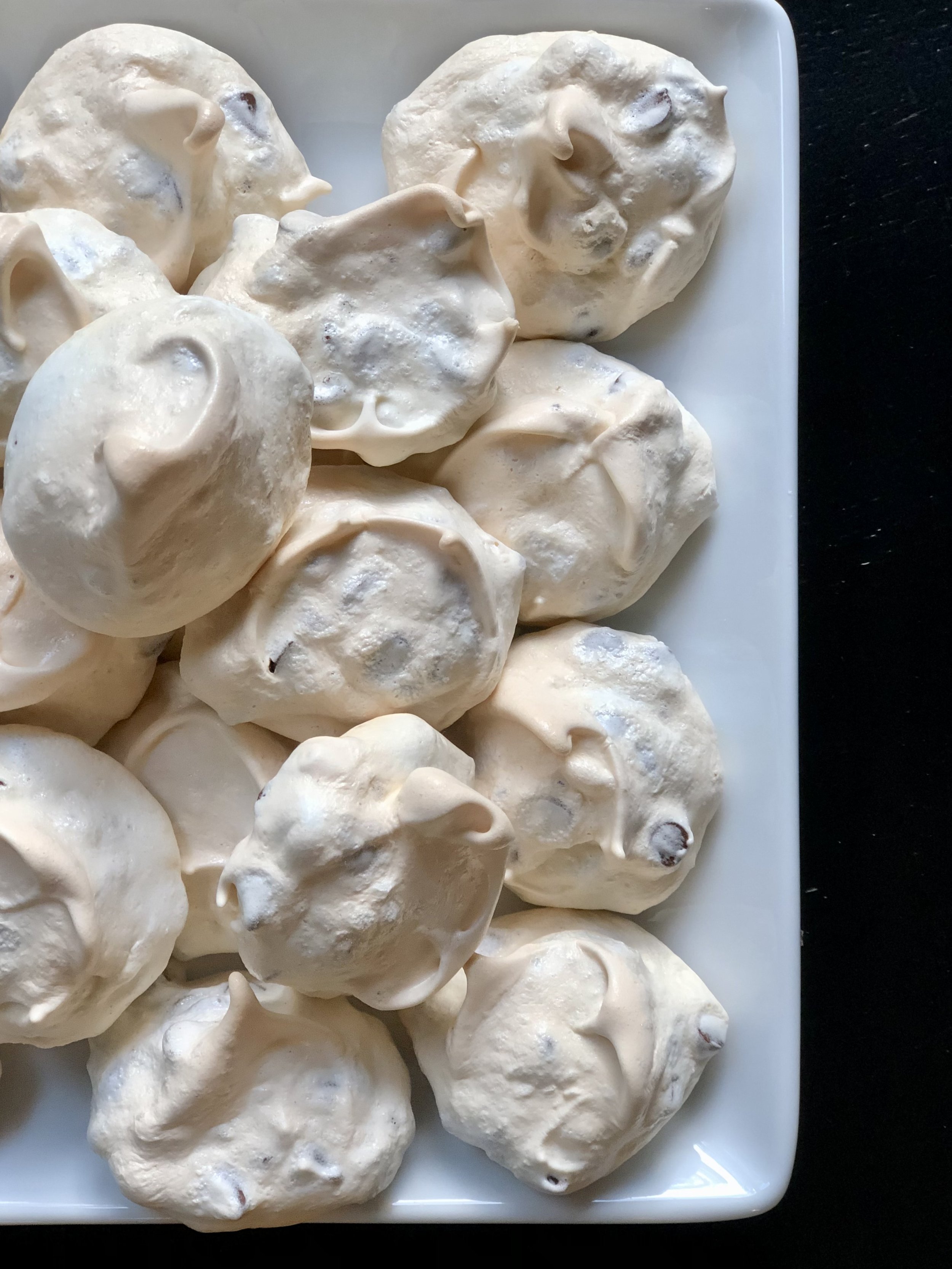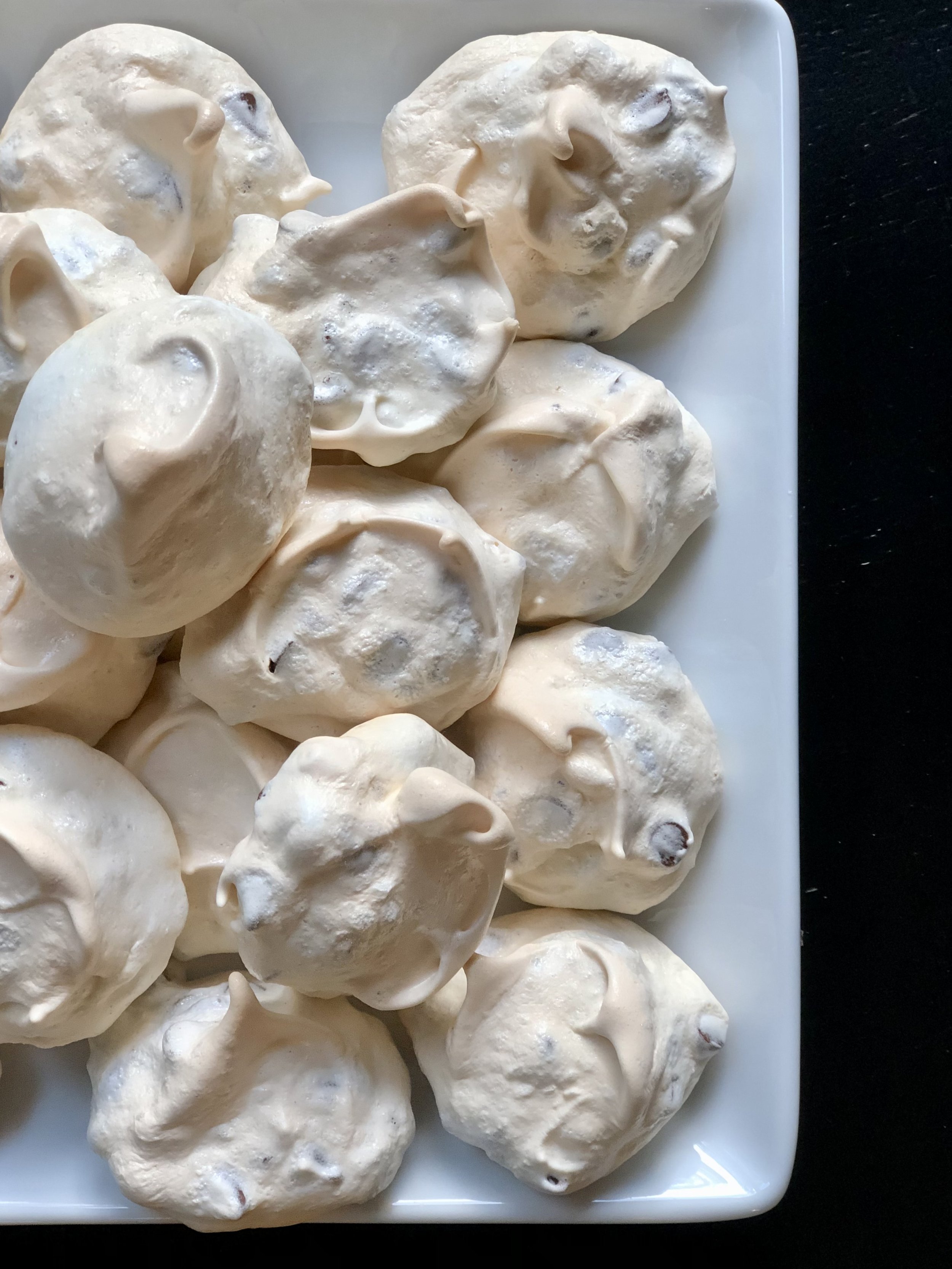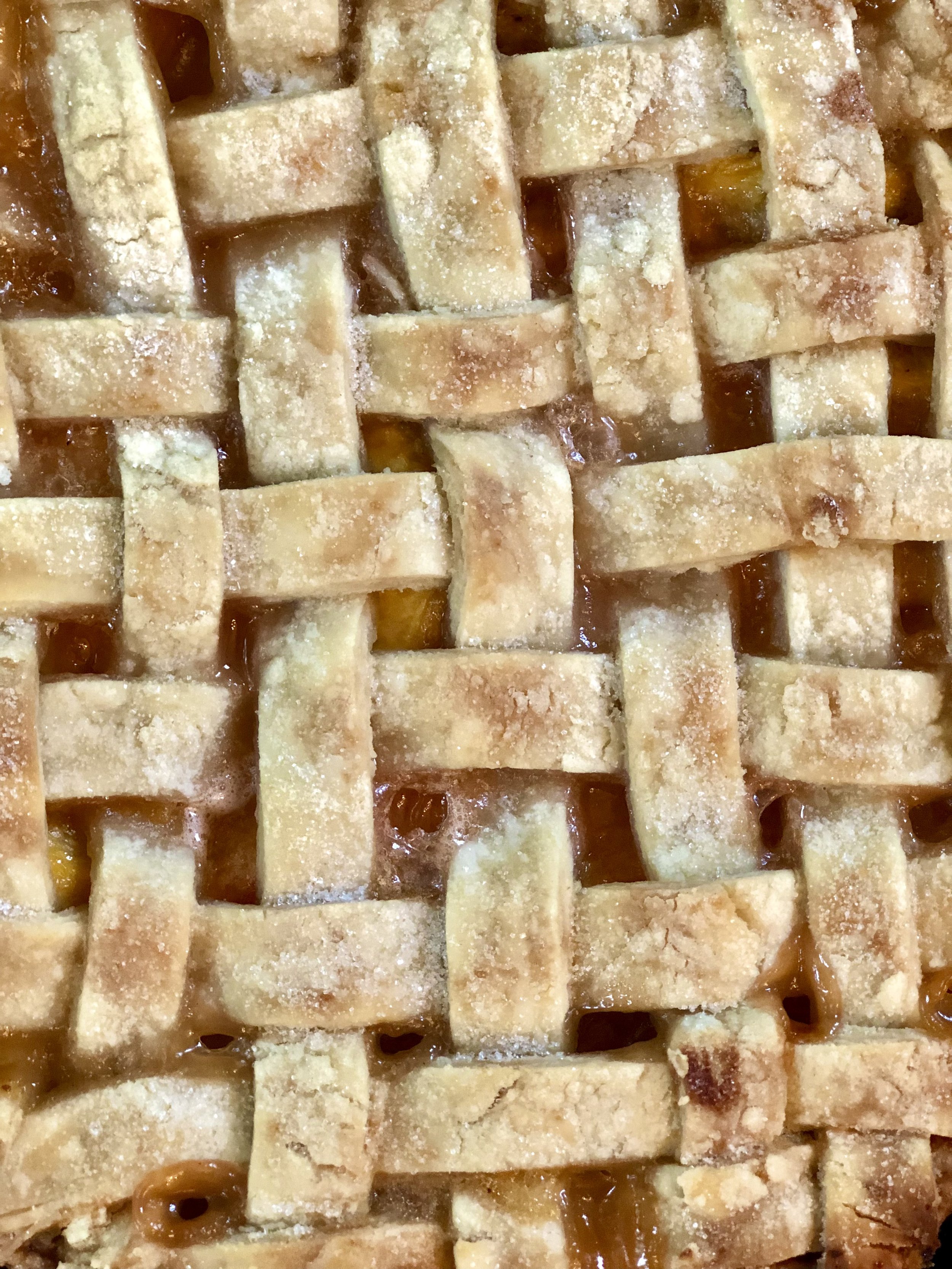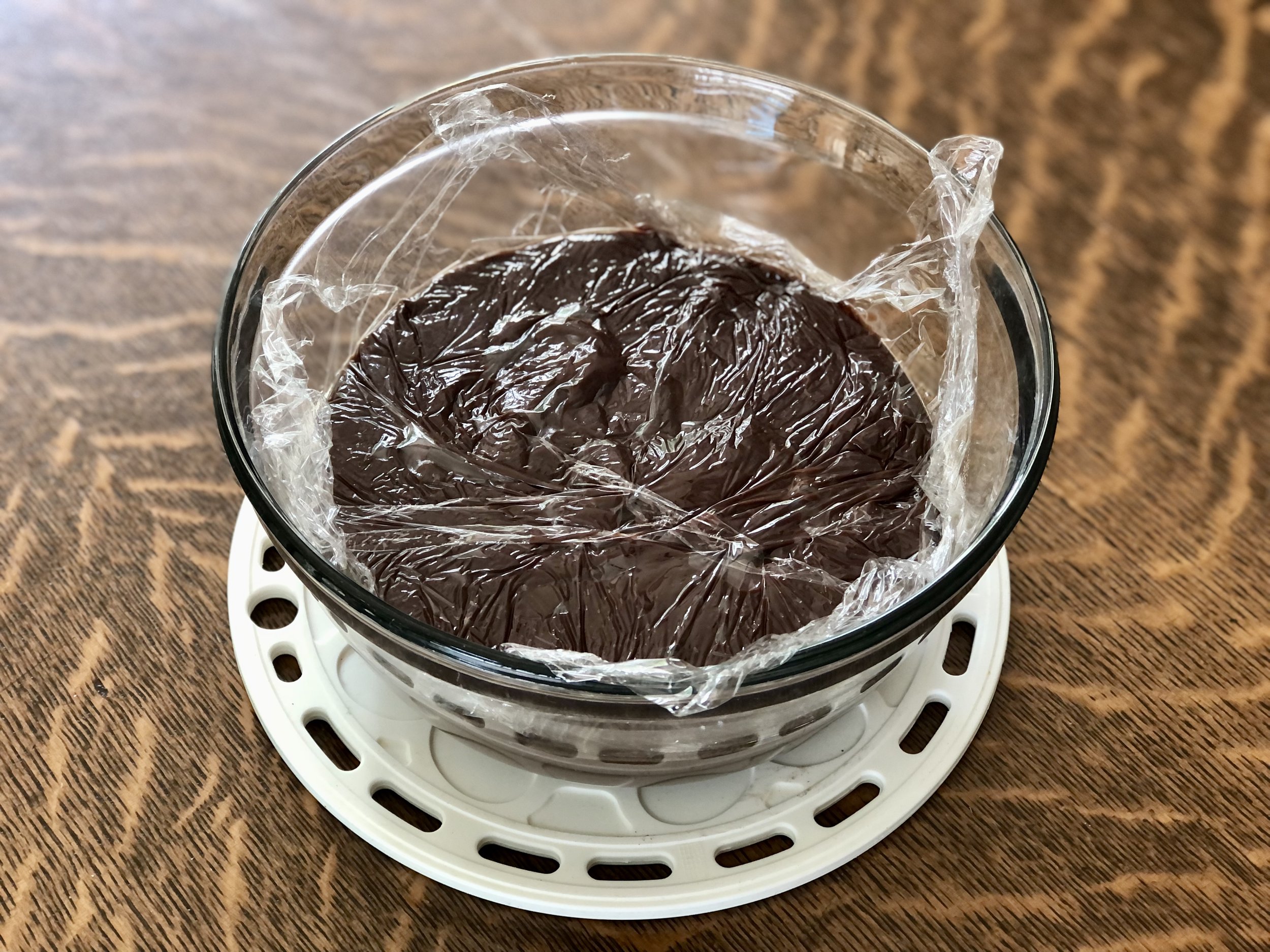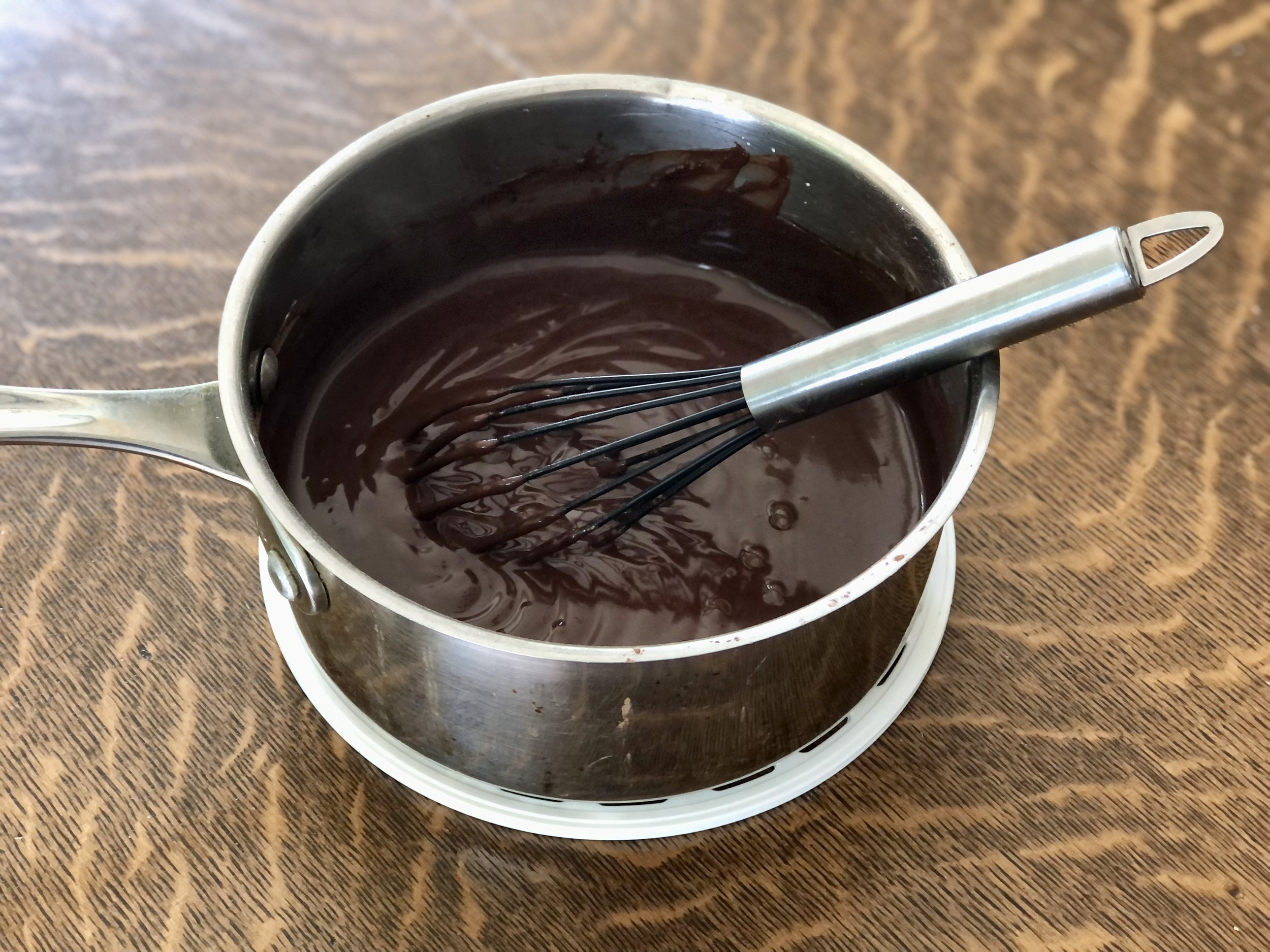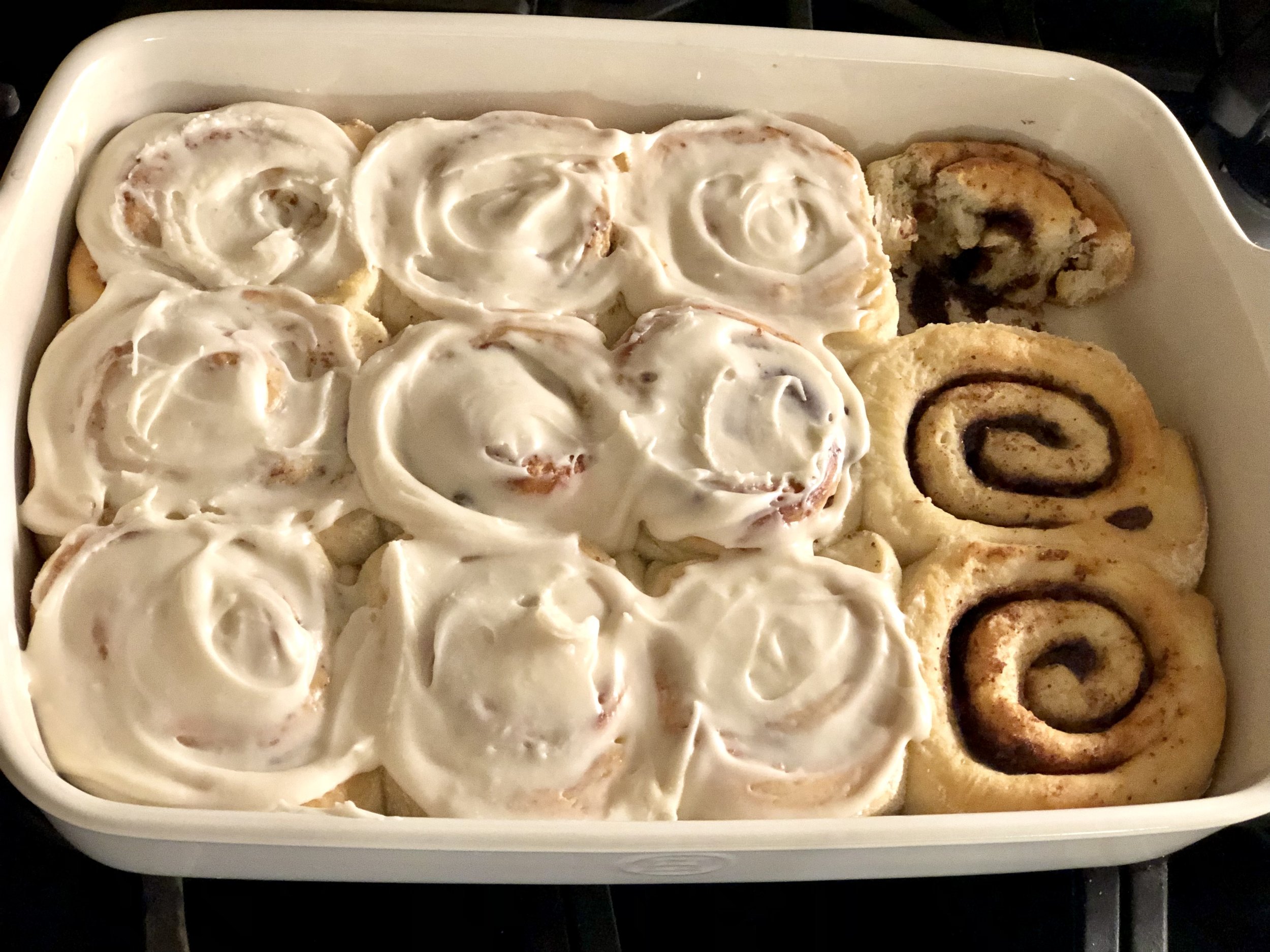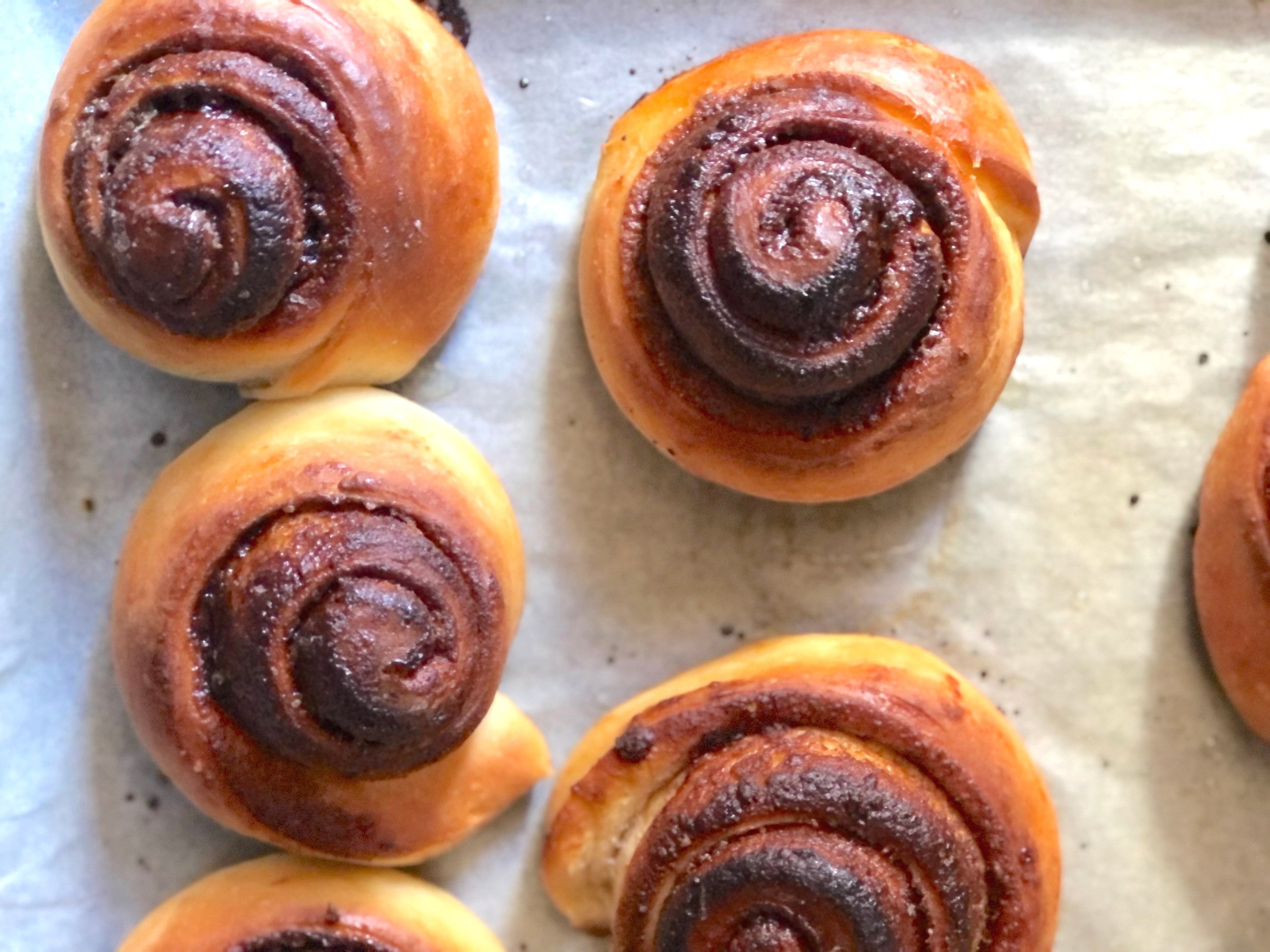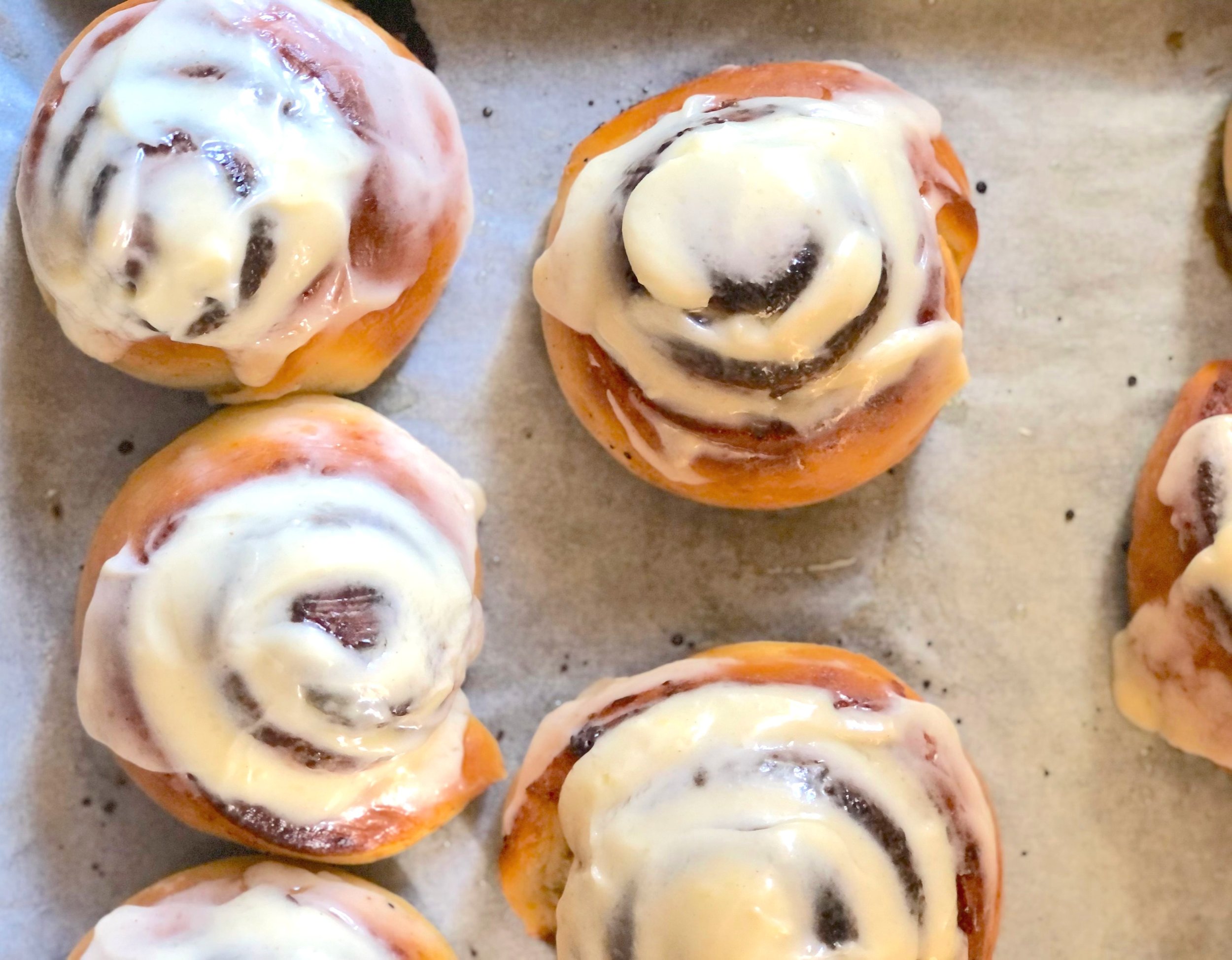Today is Miriam’s second birthday. Following suit, I’m posting her birth story on her second birthday, as I did Elyas’. It’s a good way for me to relive those moments, some of the hardest and best of my life, and let you in on a such a monumental event.
To start with Elyas’ birth story, my first, click here.
Preamble
One winter day in 2022, I was 6 days past my due date with baby #2, a girl.
She was due on 2/15, and I had this silly, yet completely serious, wish that baby girl would be born on 2/22/22, which would be exactly 1 week after my due date. Maybe at 2:22 and 22 seconds, maybe weighing 8lbs2oz and 22 inches long. She was, after all, our 2nd baby…and I was getting pretty close to getting my wish. With the date, anyway.
At my appointment on 2/18 the midwife checked me, but I was only 1cm dilated and 80% effaced. She suggested I have an induction scheduled; they didn’t want me going much past 41 weeks because I had had Covid during this pregnancy. I agreed, thinking the induction would be scheduled for next week, but that baby would most likely come on her own before then. I was unpleasantly surprised when I got the call informing me of an induction for 2/20, in just 2 days. I didn’t feel ready. I cried. The nurse was very understanding, and suggested I call the hospital to see if their scheduling had more availability than what she was seeing. I did, and changed the induction to 2/23, giving baby more time to come on her own.
The morning of 2/21, labor commences
I woke up on 2/21 still not in labor, yet wanting to get things going, with an induction hanging over my head. Having labor start naturally was important to me. Around 10am I went to my chiropractor, who gave me one final crack, the one to supposedly kick start labor. I then went for my daily walk, at Sam’s Club with my mom. Some Braxton Hicks were starting to happen more regularly, and we started noting their time.
We got home, I gave Elyas some lunch and got him down for his nap. I took a shower and laid down for a nap also, since around 1pm contractions were happening regularly enough I decided this very well could be it! By 4pm contractions were getting strong enough that I wasn’t able to sleep, and even had to start utilizing some breath. When Elyas woke up from his nap my husband kept him busy, and I was able to take it easy, lay down again, and work through the contractions that were increasing in intensity. My mom stayed by me, timing the contractions. I was excited, knowing baby would be here soon, after waiting so long for labor to start! Not to mention, I was getting comfortably close to a 2/22 birth day. Labor was getting harder, but also felt manageable, relatively speaking. After an almost 24 hr labor, mostly back labor with Elyas, this labor felt very doable.
A significant snow and ice storm was predicted to start at 7pm, so we also had it in our minds that we should be going to the hospital before the roads became too bad, or even impassable.
Active labor
Shortly before the storm was supposed to start, my mom was starting to get anxious, noticing how much harder and faster the contractions seemed to be coming: only 2-5 minutes apart, for over an hour. She went and got my husband, saying she thought it would be prudent to head to the hospital ASAP. She gently brought me back from my very inward-focused state of mind on the couch, and I agreed with her it was a good time to go to the hospital.
I did some last minute things to get ready, riding out contractions as needed. Now, enter my mom, who was becoming increasingly worried that I wasn’t going to make it to the hospital, and couldn’t believe I was taking the time to curl my eyelashes. Yes, that was important to me, since labor started so fast and furious with Elyas that I did not have the capability of taking a shower, so I showed up to the hospital in an….unkempt state. I did not want a repeat of that. I was determined to show up neat, clean, and ready, curled eyelashes and all, to the hospital!!
Off to the hospital, water breaks
We got to the hospital by 7:15pm and parked. Despite the entrance being close, I was having a hard time getting inside. I had only a few contractions on the drive there (praise the Lord because I really dread the transfer to the hospital in labor, having to be strapped in a sitting position), then 1 contraction as soon as I got out of the car, another walking up to the entrance where I had to stop and lean on my husband. We stopped at the security entrance and I was interrupted mid conversation by another contraction (husband didn’t speak much English at that point so I was doing most of the talking). We were quickly directed around the corner to the labor and delivery ward. We got to the locked doors of the maternity ward and I rang the bell to be buzzed in. Just as a nurse over the intercom crackled a “hello?” A hard contraction hit me and my water broke, Hollywood style, soaking my pants, boots, and christening the carpet. (Who puts carpet in a maternity ward, anyway??) Another “hello??” came over the intercom. I forced myself to speak, pretty sure something like, “hi just a second I’m having a contraction and my water just broke” squeaked out. Another hard contraction ensued. The voice continued to “hello” me despite my having told her, or at least I thought she would understand, that I’m in the middle of a contraction(s), my water just broke, she’s going to have to wait a second for me to speak eloquently to her. The contraction subsided and I was able to say again, “hi I’m here and in labor”, and we got buzzed in.
We made it to the reception desk where they started asking me questions; what’s my name, did they know I was coming, etc. I had to keep working through contractions every couple of minutes since being in an upright position kept them coming steady and hard. When they were done asking questions they said they were going to take me down to triage where I would get a Covid test. I told them I didn’t think I was going to be able to make it down to wherever this blessed “triage” was, could it come to me? Apparently it couldn’t, but they told me not to worry, it wasn’t too far. They lead me just down the hall to a small room where a nurse wanted to weigh me. I didn’t think that getting my weight was all that important, given the circumstances. While I was on the scale admiring the impressively high number, I had another ever harder contraction, and I told the nurse calmly, “I think I’m starting to push.” I didn’t get much of a reaction, so when another contraction came on and the urge to push, I exclaimed, “I’m pushing!” The nurses were probably still trying to read me, thinking I’m just another woman in labor who’s probably still only 1cm dilated, acting it up. One of them asked if I thought I could walk to my room, it was just at the end of the hall, or if I wanted a wheel chair. I stubbornly said that I could walk.
I didn’t get very far, as the contractions seemed to be coming back to back and I just. Couldn’t. Seem. To. Get. To the. Room. I could not will my body there, no matter how I tried. I could hear a couple of nurses conferring behind me, talking about getting me into the nearest room, the one I was just outside of, rather than the room they had prepared for me. Finally they brought a wheel chair and I conceded to be wheeled into the room that was, frustratingly, a few feet away. It’s a good thing, because I very well could have had the baby right there in the hall had I persisted!
Finally in a room
Once in the room and still in the wheel chair, they administered the Covid test. I was dismayed that this nurse was quite exacting when it came to leaving the swab up each nostril for the full 15 seconds, wondering how I could safely work through a contraction without accidentally moving and jabbing the swab up into my brains. The Lord was gracious and I did NOT have a contraction during the Covid test! The test came back negative.
The nurses then asked if I would like to get on the bed (oh boy would I!), and I asked if I could change my clothes first. The nurses commented “oh you are sopping wet!!” as they helped me out of my pants, and I realized they either didn’t know or had forgotten the fact that my water had broken dramatically at the doors, and yes, I was still in my very wet clothes. Dry socks and a hospital gown have never felt so good!
10cm
Laying down felt wonderful, and the contractions slowed down a bit; a much needed reprieve. When the midwife came in, she checked me, and informed me that I was complete (10cm) and baby was in a -1 station. I told them I would like to wait until I felt the urge to push. They agreed. I wanted to rest after that hard entrance!
It was now after 8pm and we were settled enough that my husband finally got to Facetime my mom, so she could be “present”. I eventually found my happy place on my R side, calmly working through the contractions that kept coming hard, but without the urge to push. Now, I had read stories through the Spinning Babies site and such about women who, when experiencing natural and unmedicated labor, actually had a lull in their labor at 10cm and were able to take a nap before pushing. While laying still felt “relatively” wonderful, I certainly wasn’t drifting off to sleep. The midwife checked in on me periodically, staying close, wondering if I was ready to push yet. I still wasn’t.
Almost 2 hours since arriving at the hospital and still hanging out fully dilated
It got to be after 9pm, and I was still working through contractions quietly on my side. The nurse asked if I needed to use the bathroom (having a full bladder can sometimes inhibit baby from descending). I did not need to nor want to use the bathroom. Did they want me to have the baby in the toilet? I knew that moving would bring on the urge to push, I just wasn’t sure if I felt quite ready yet mentally to go through pushing. I was still comfy on my side with the peanut ball when the midwife approached me. She was concerned that if I kept holding off, I might not be able to control my pushing and tear. As not tearing was something I also hoped to experience, I agreed. Now this whole time my husband was still holding my phone for my mom to be FaceTimed in. I looked over at the phone and asked my mom, “well, should we have a baby??” I don’t think my mom heard, but that’s alright. Earlier I had talked through pushing positions with the midwife and opted for hands and knees. I got into position, with movement bringing on the hardest contractions and a stronger urge to push.
Baby is born!
I started pushing at 9:20pm, and Miriam was born at 9:31pm. Less than 2 1/2 hrs away from 2/22/22, hahaha!
Instant joy and exuberance, Miriam Jeannie was here, finally! That labor was a DREAM after my first. I joked that I now could fathom having twins, I could have done round 2!
Baby is too purple
Joy quickly turned to concern when Miriam, who had taken her first breath a second too soon and inhaled some mucous, was dark purple and still not breathing properly or pinking up. She cried a little, and they handed her to me, but she still was a frighteningly beautiful shade of purple. The nurses and midwife continued to rub her back and suction her, and she was making some improvements, but slowly. They called in a NICU team to assess her, just in case. Hubby cut the cord, much later than usual after the excitement, and the NICU team looked her over and suctioned some mucous out of her lungs. She looked and was breathing well enough finally that they didn’t need to take any further action. I got my roly poly baby girl back after a few minutes, and finally, the bliss of holding my new baby in my arms, this new little wonder, a precious gift. A first meeting.
The two hours after birth, I now completely understand why they are often called the “golden hours”. That feeling, the immense work, mental concentration, determination, prayer, literal blood, sweat, and tears….to utter joy and RELIEF. 9 months of knowing that your baby is coming but first, labor…and then you made it and you’re shaking, and you have your precious new baby in your arms to gaze at and memorize all their features...and after 9 months, you get to REST. Physically. Mentally. The bubbling over of joy and thankfulness that your baby is here, safe, and healthy. The pride you feel knowing YOU DID IT. And being able to physically rest like you haven’t been able to rest in the last how many hours and months? You’re not working up to labor, you’re not getting bigger and heavier; you’re now healing. Soaking in the soreness in your newly postpartum body. Those hours, these immense emotions, are some of the moments I will treasure in my heart for all my days.
Baby stats
Miriam weighed 8lbs 11oz at birth and was 20 3/4 inches long. I did tear again, as I now had 2 for 2 babies come out with a hand by their face, but I did not feel the midwife stitching me up this time like I did in Italy. We stayed two nights in the hospital, mostly because we didn’t want to be discharged at 10pm at night. So we stayed and ate delicious (ahem) hospital food and cuddled our baby girl while the snow and ice storm raged outside. It was a good day to have a baby. And while I may have desired Miriam to be born on 2/22/22, a nurse later told me that Miriam was the only one born on 2/21/22, while 6 babies were born on 2/22/22. Miriam was unique, and showed her stubborn and wonderful personality right from the get go!
Happy Birthday, Miriam Jeannie! Oh, how you are loved!



